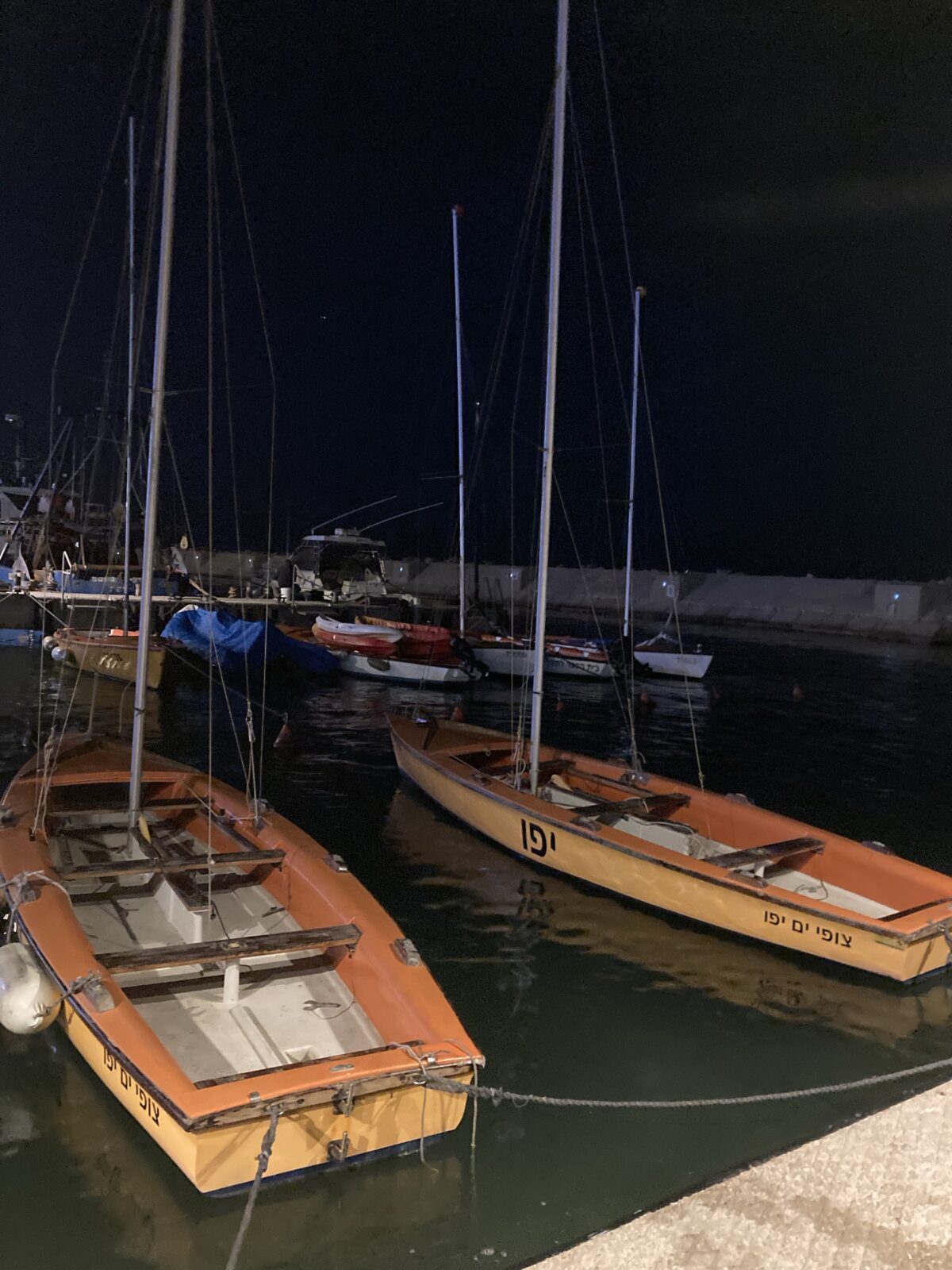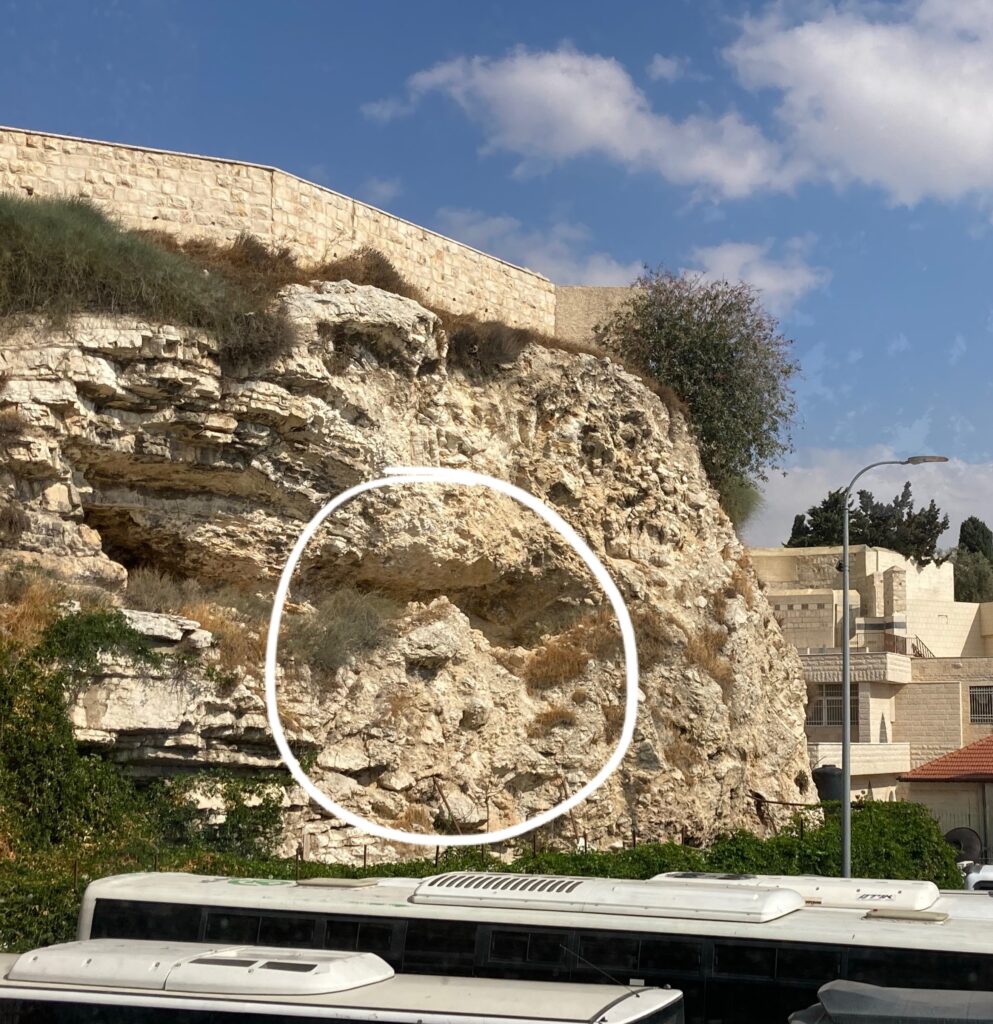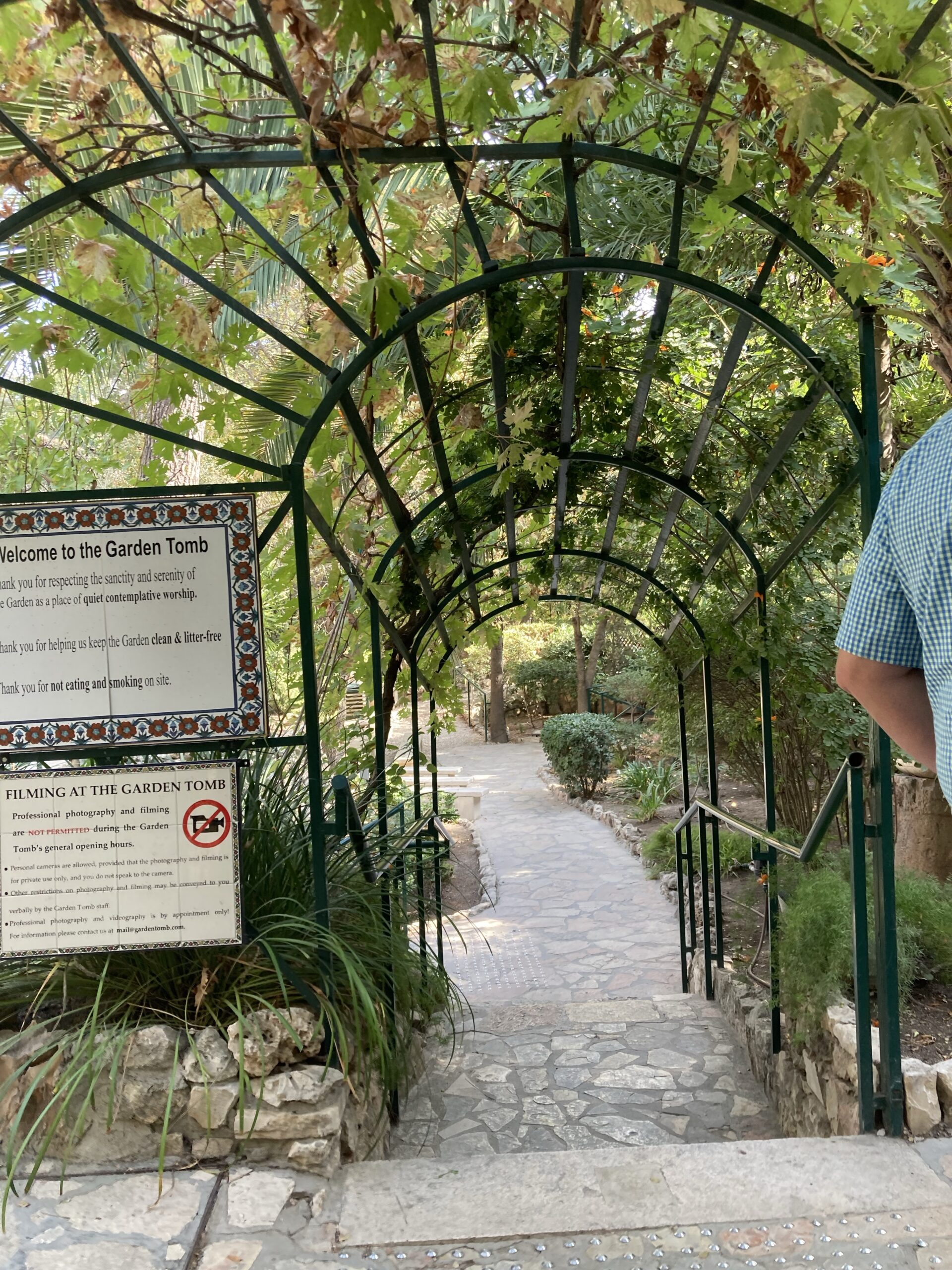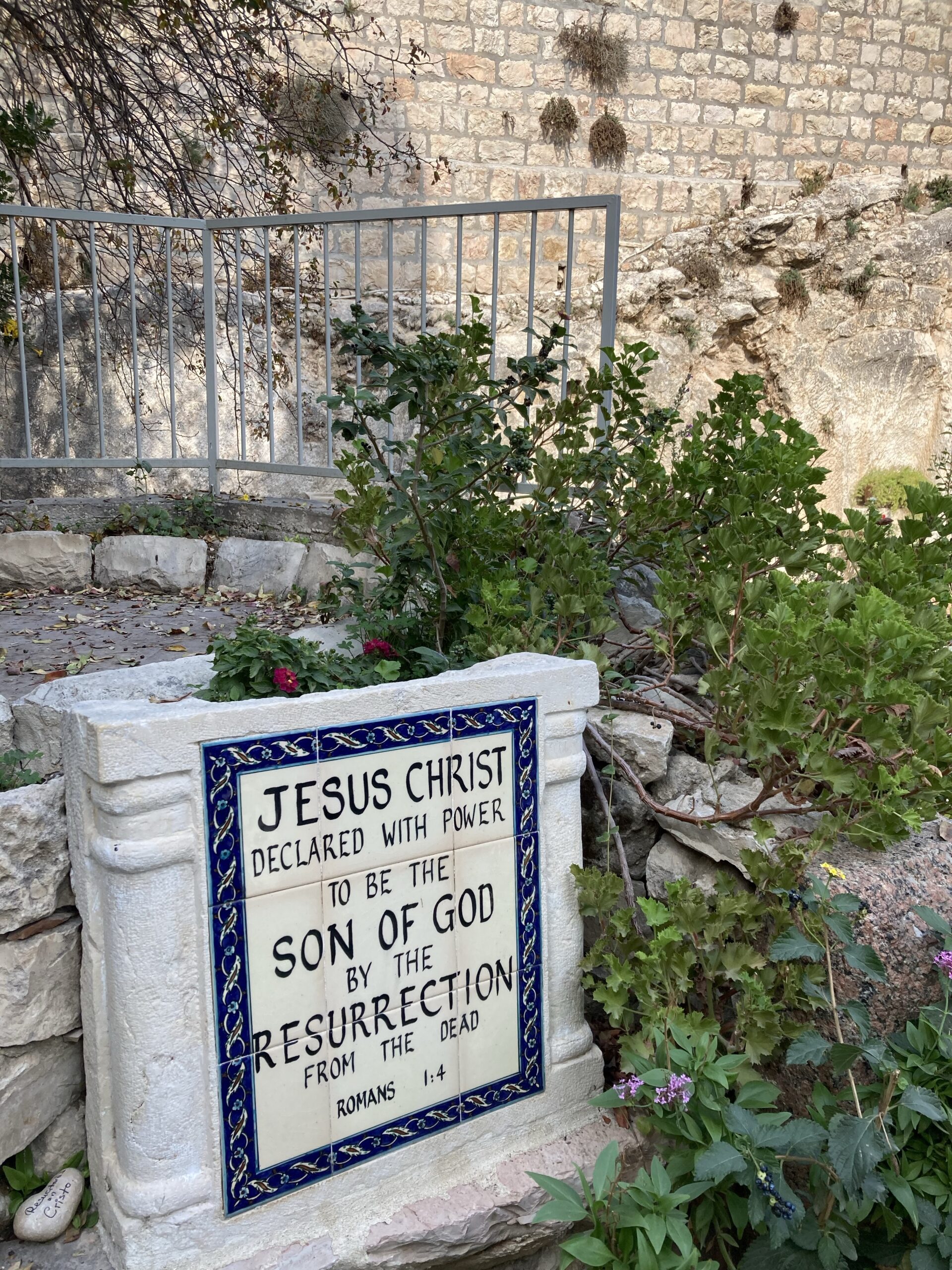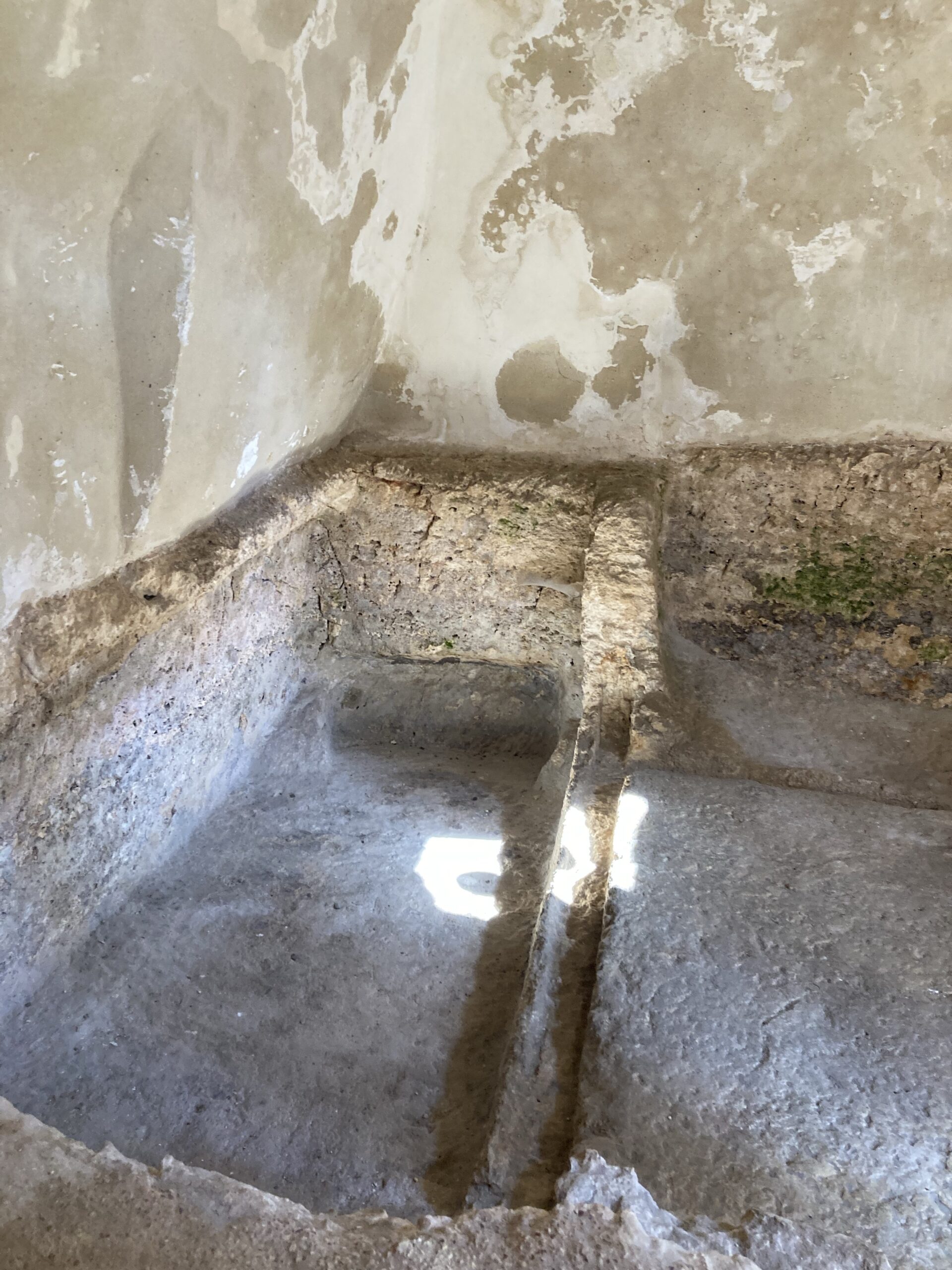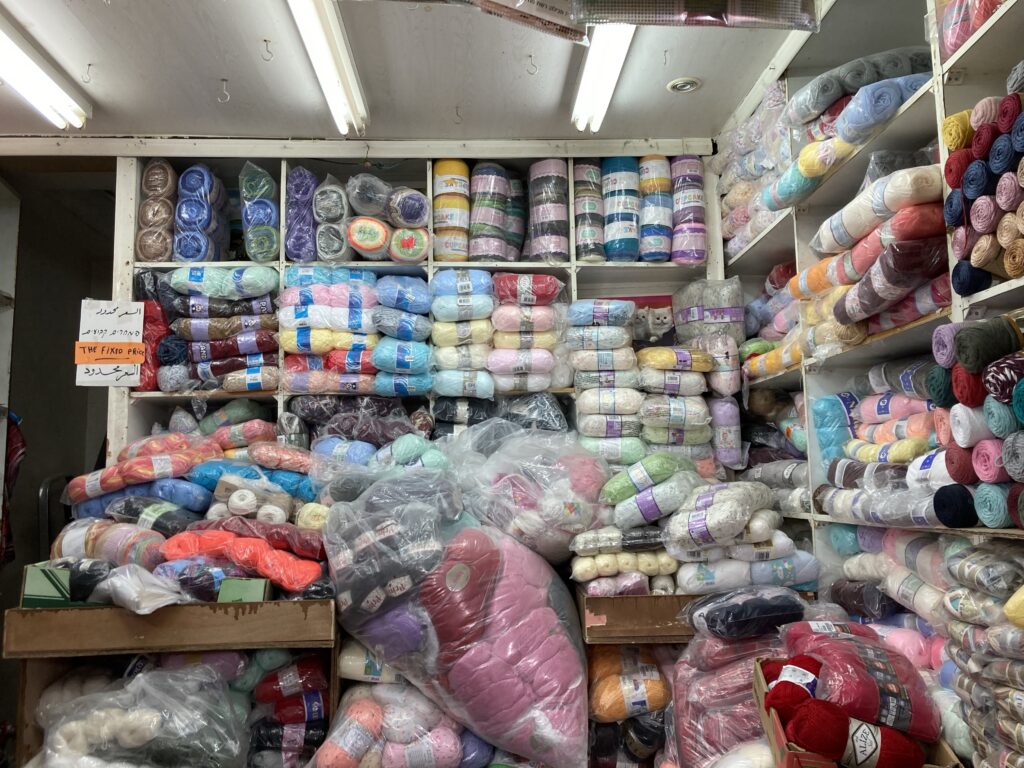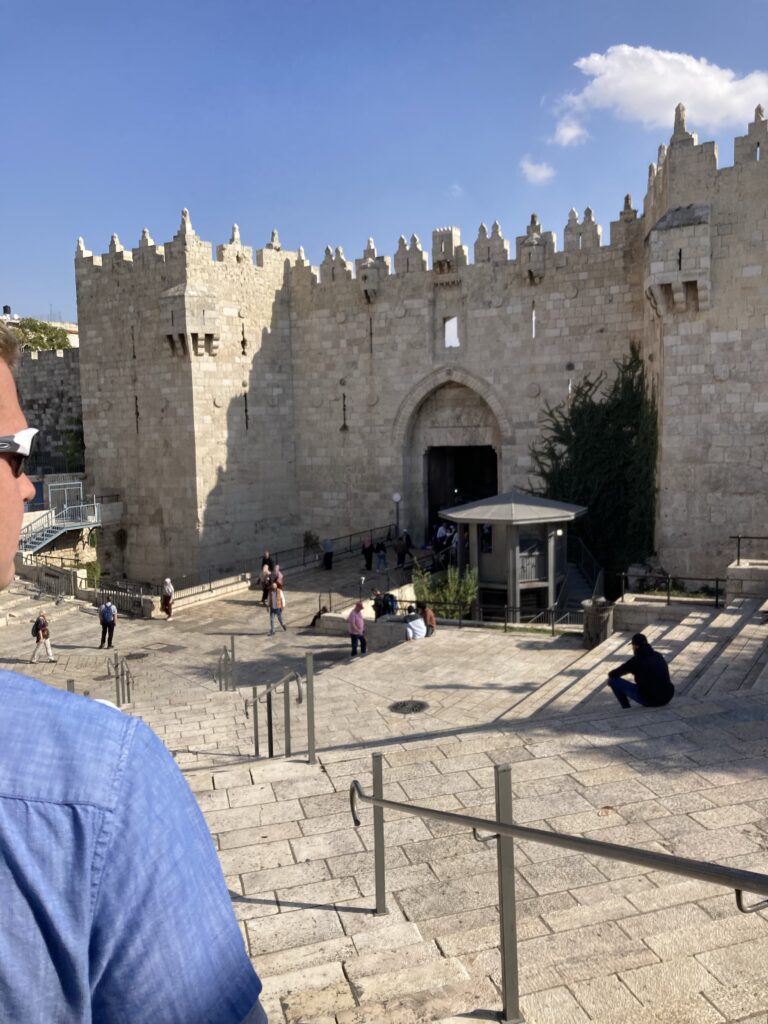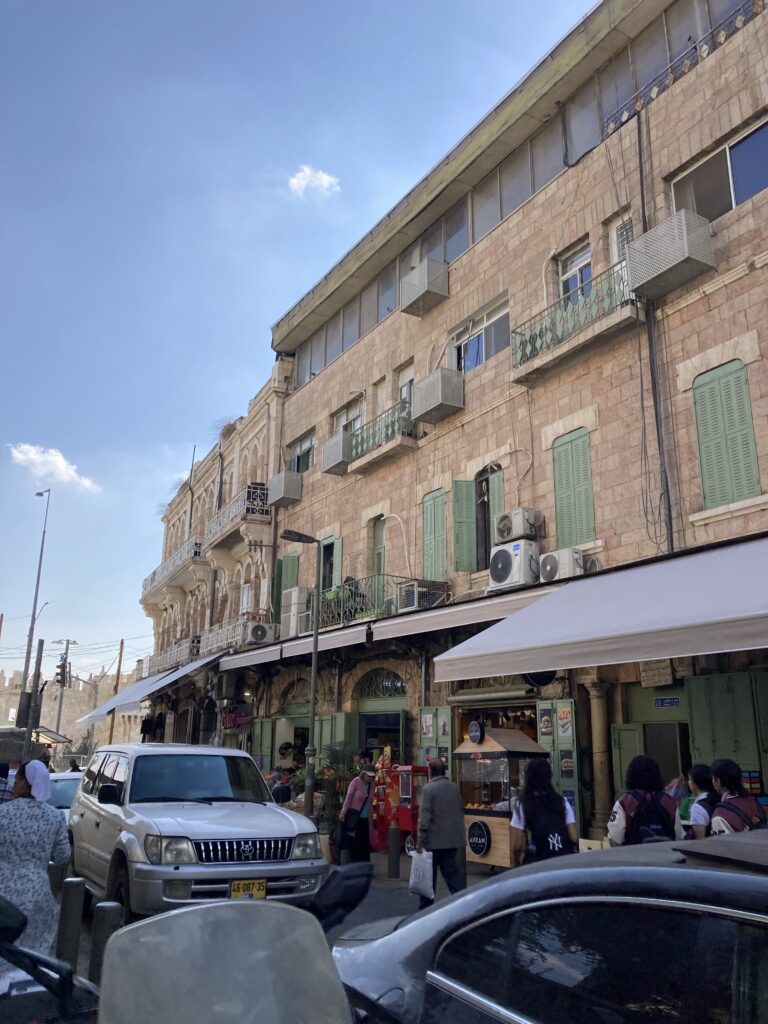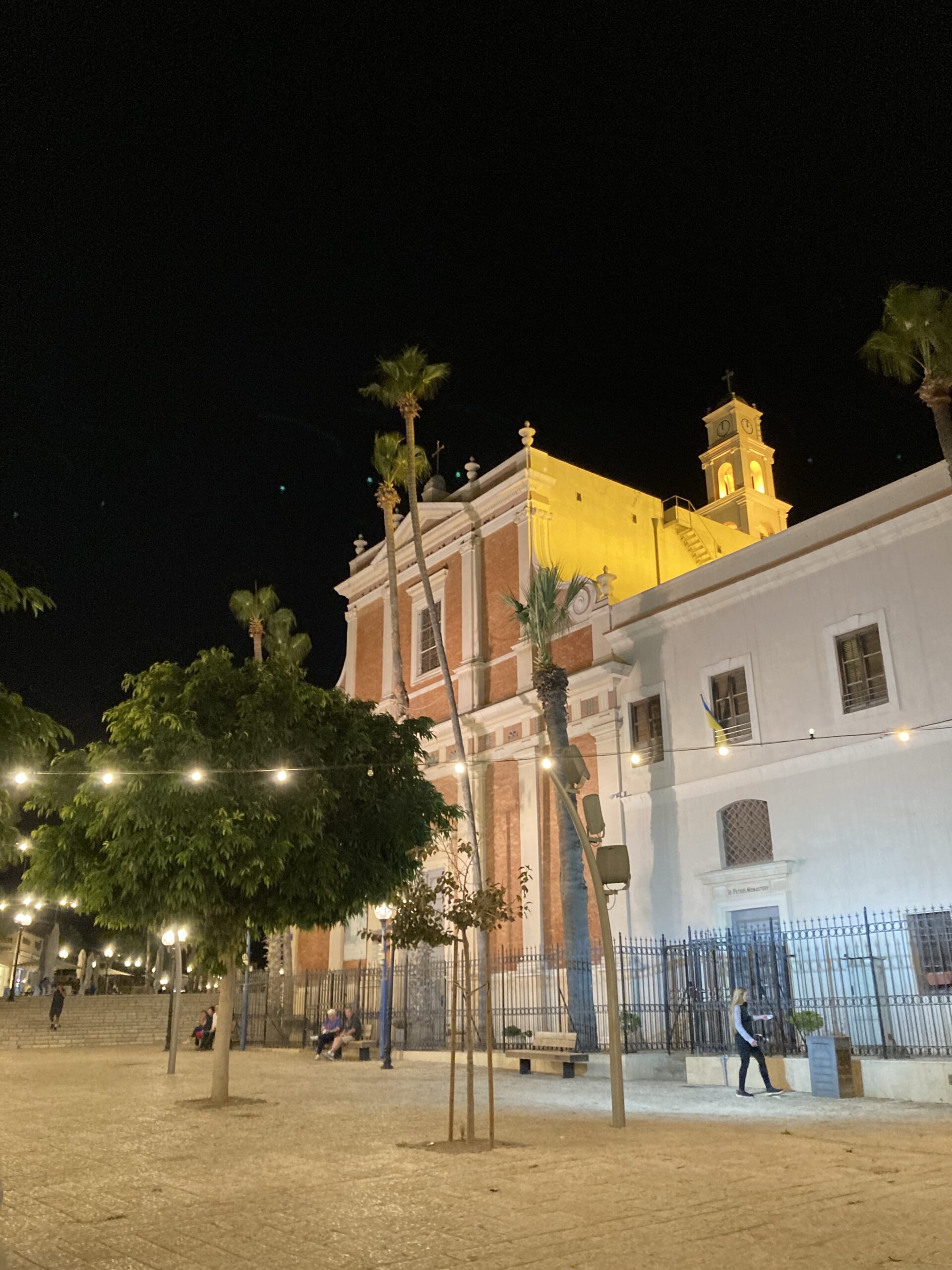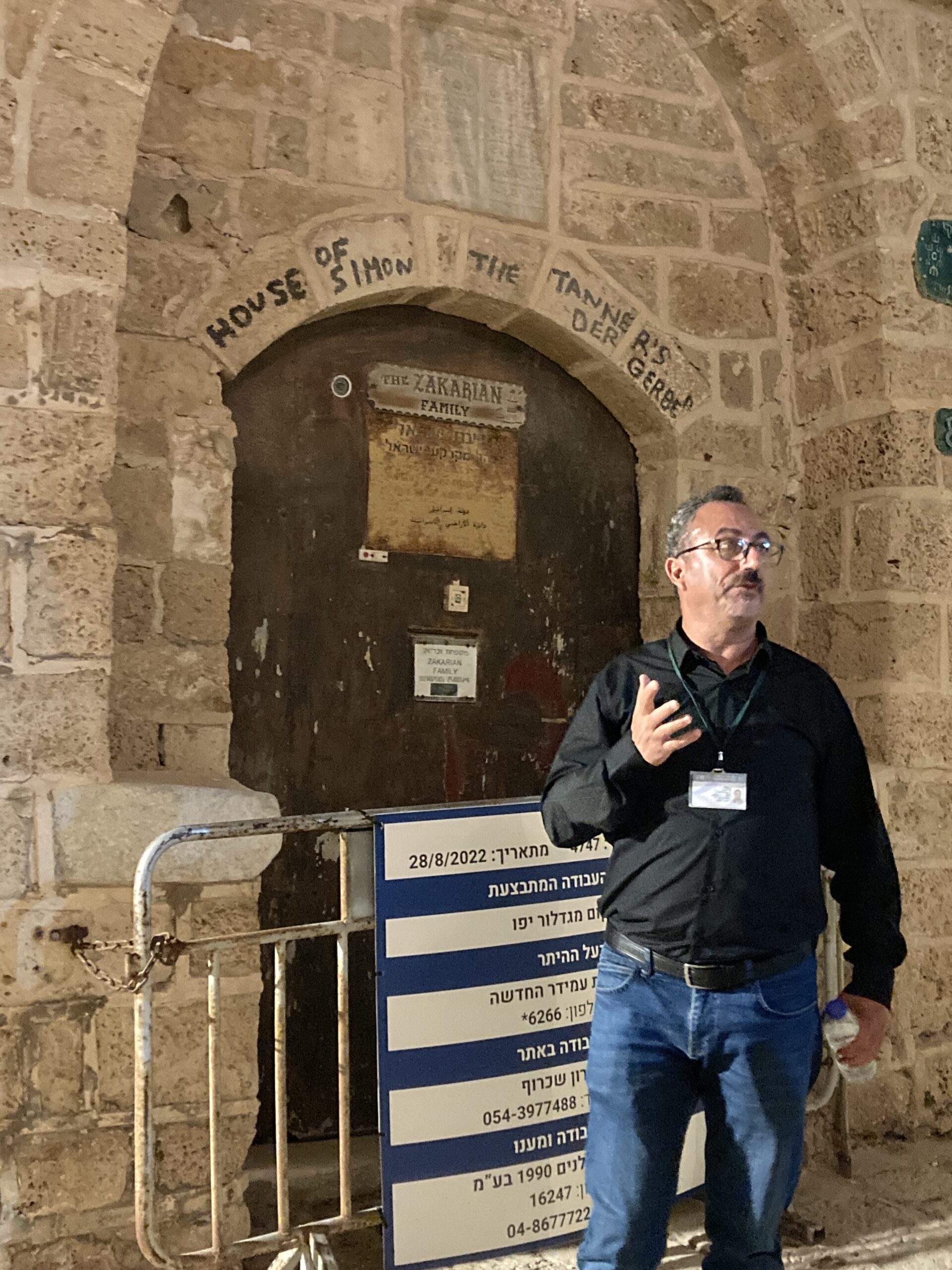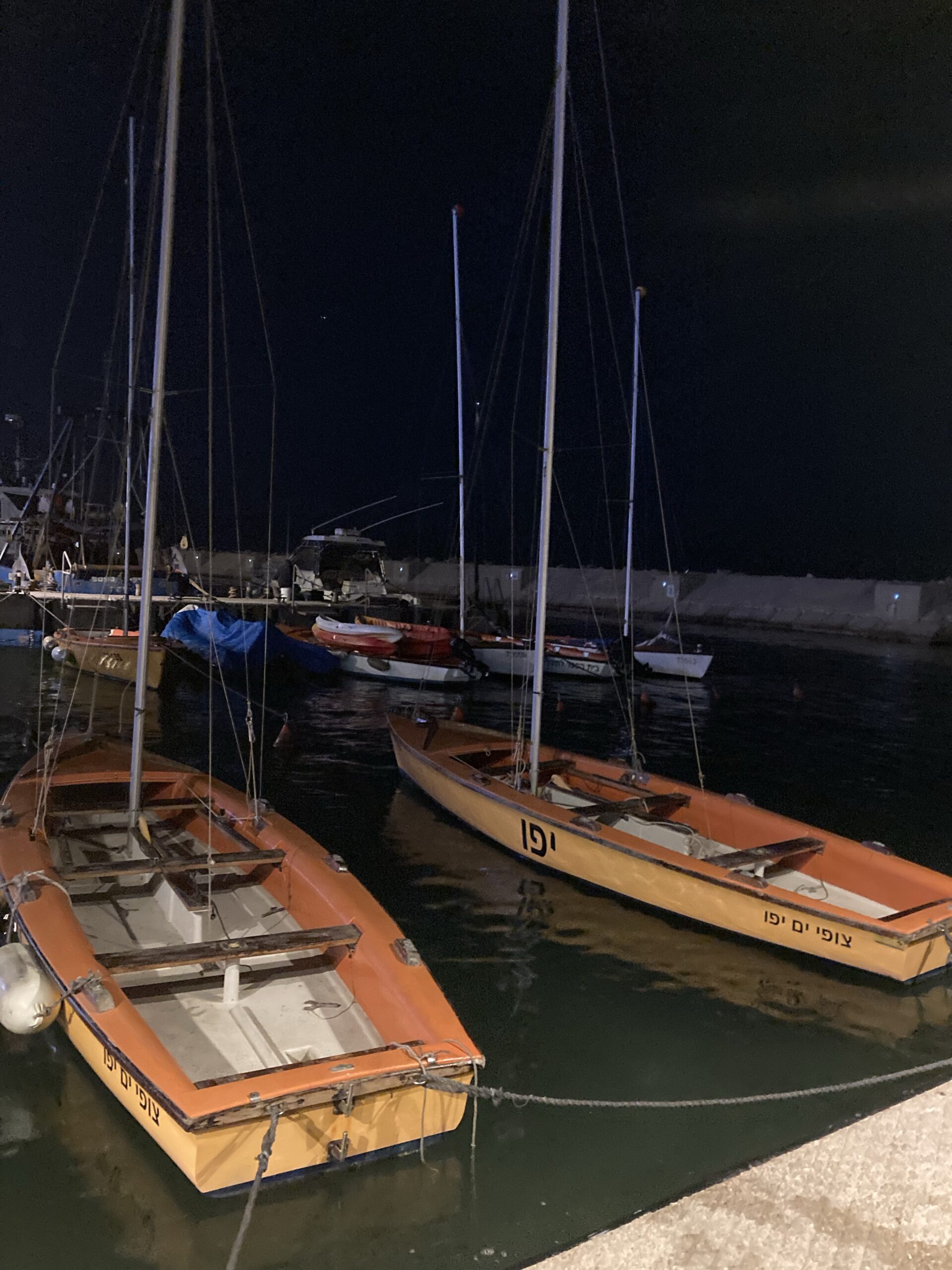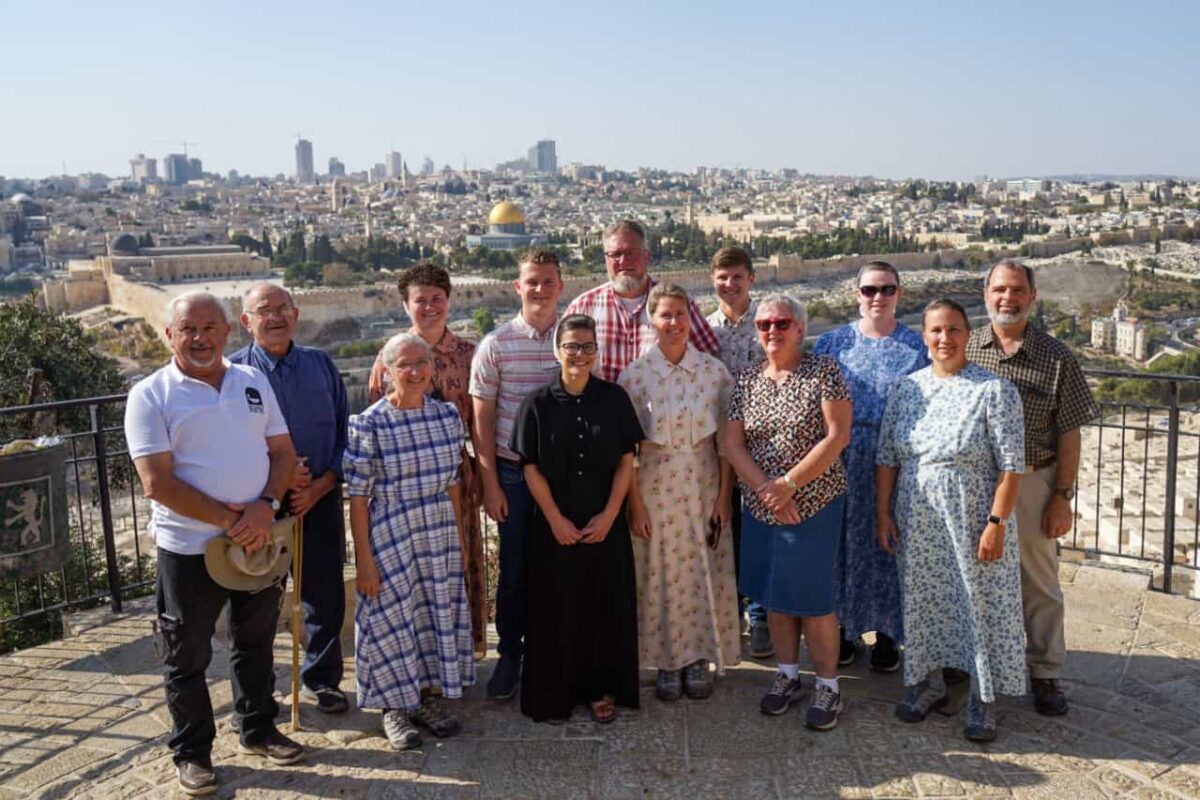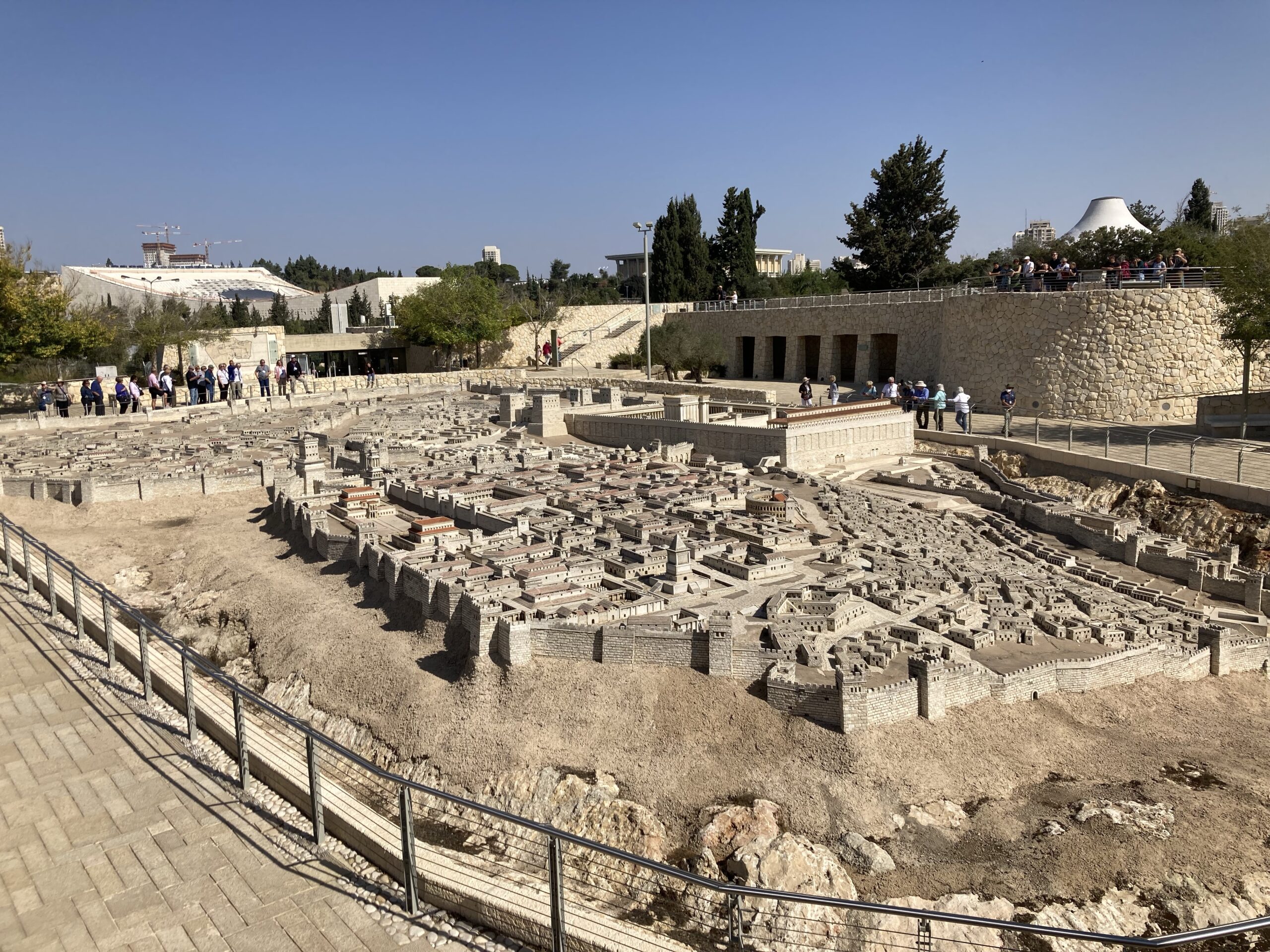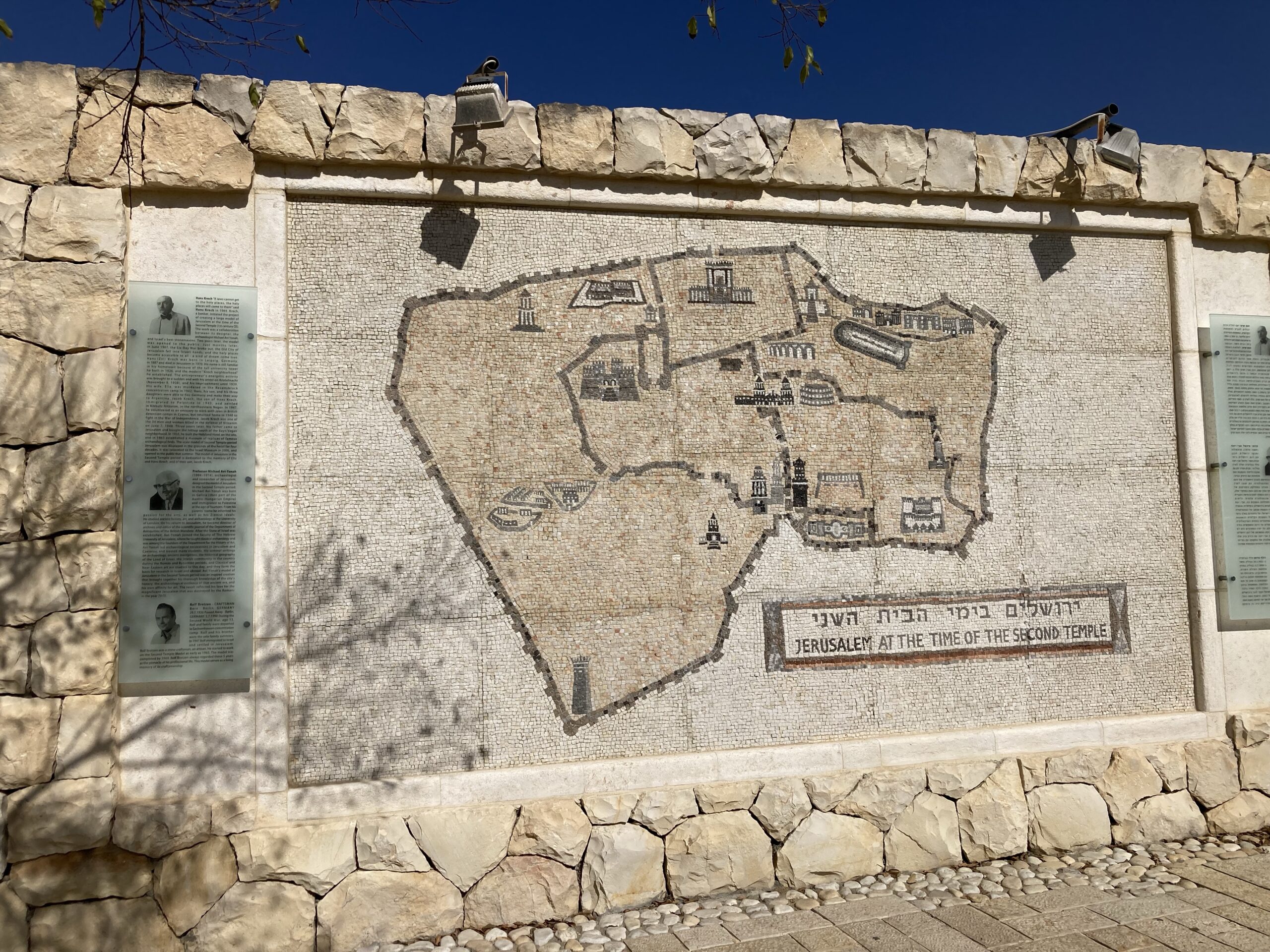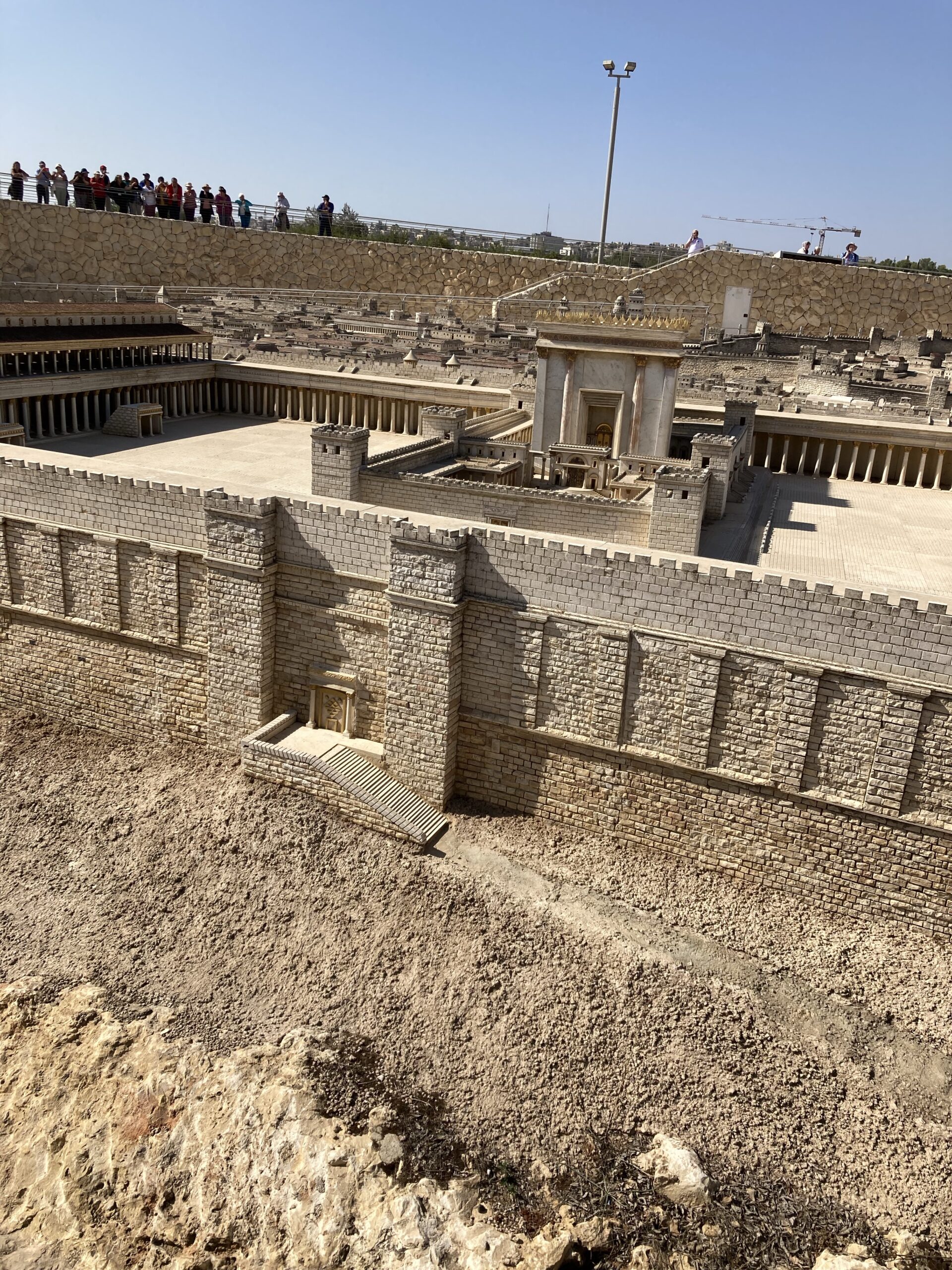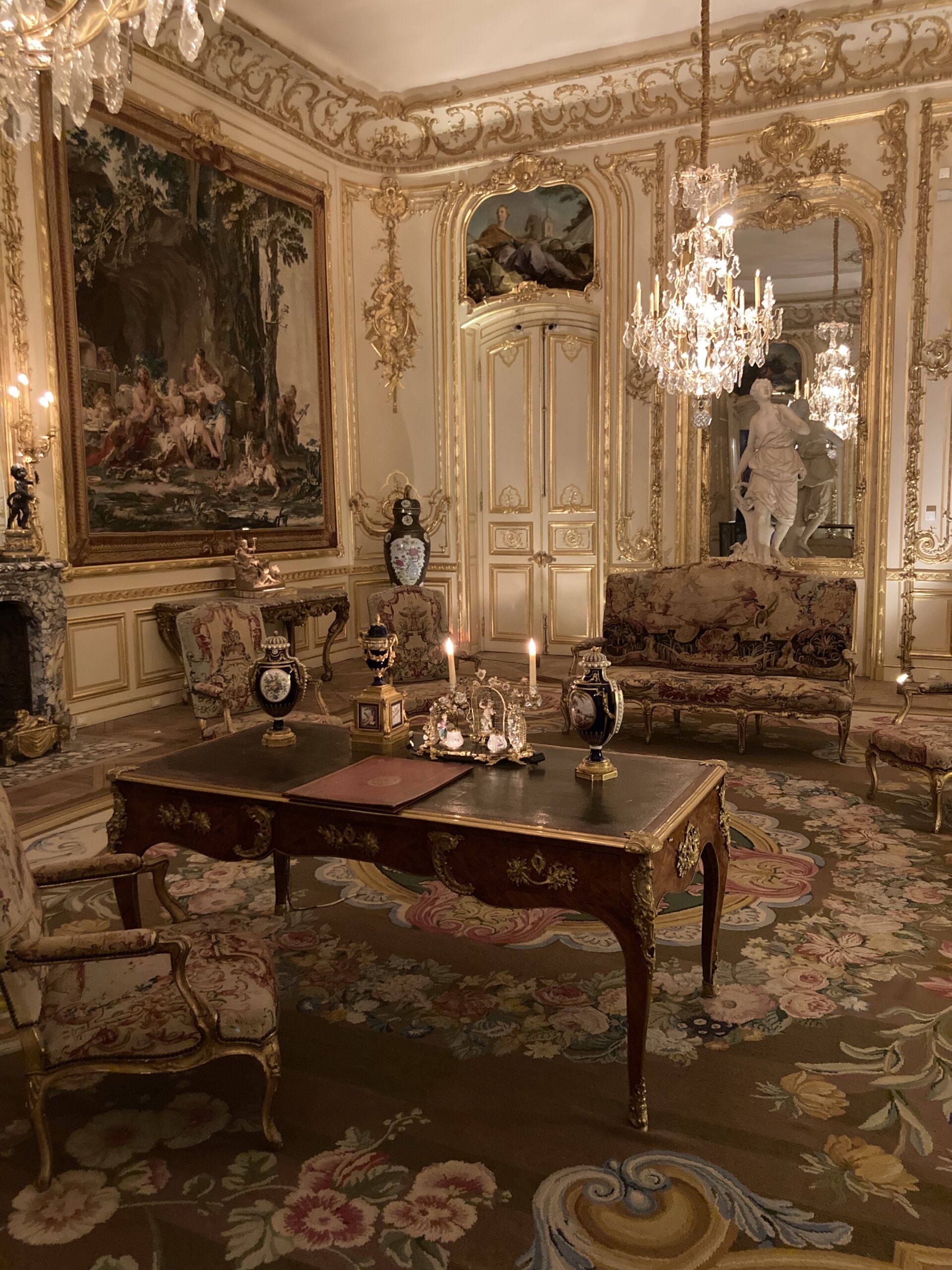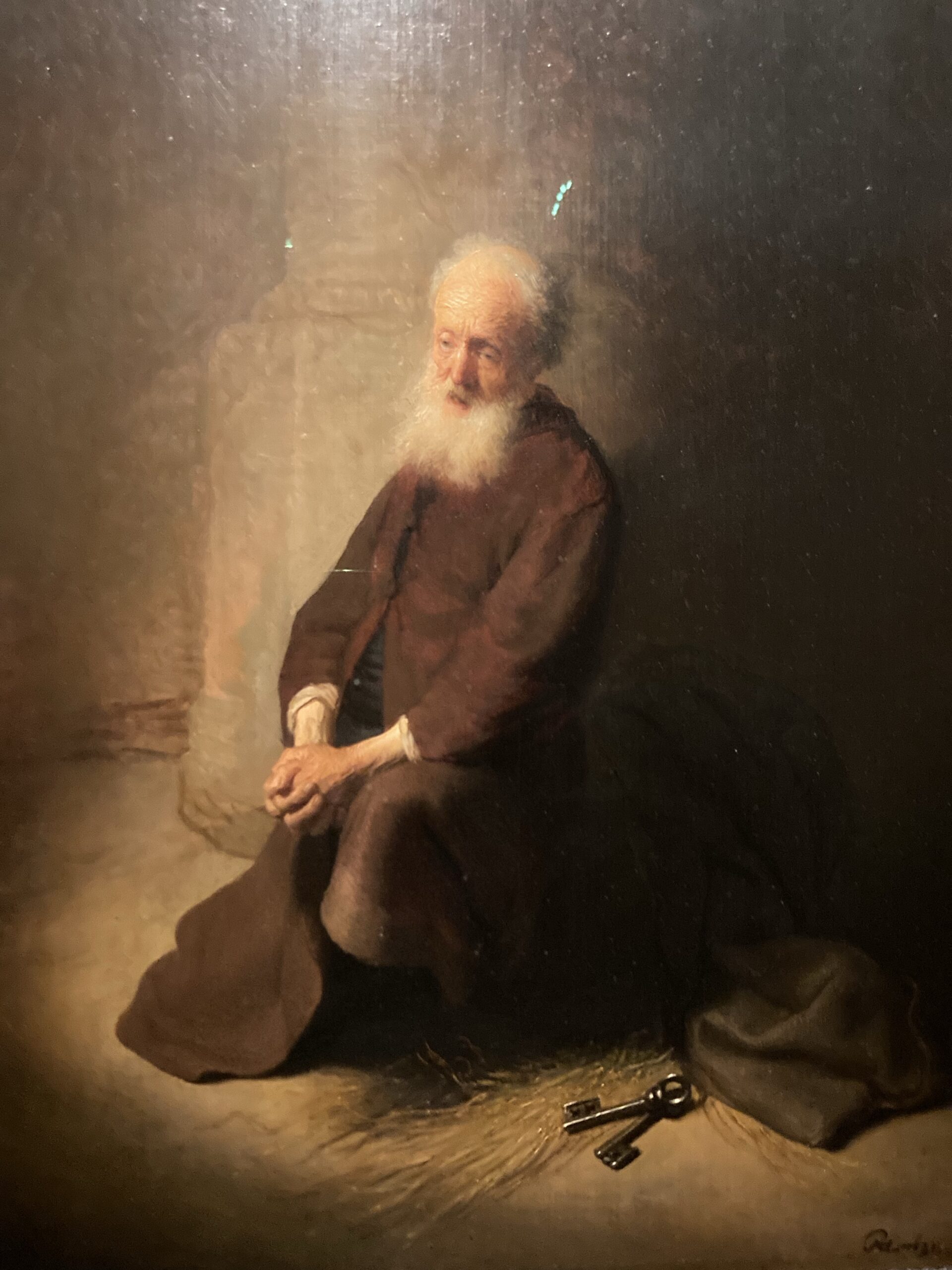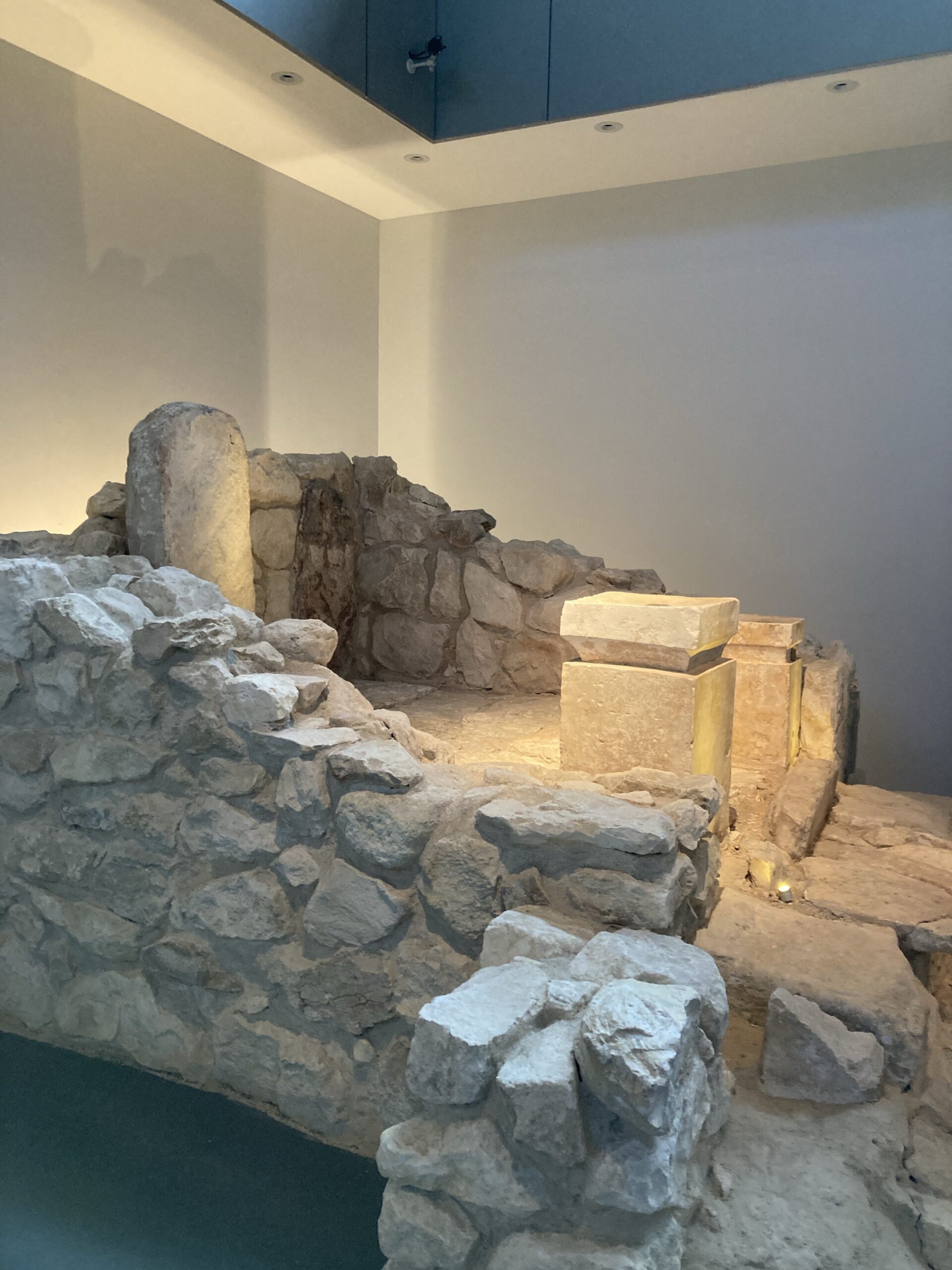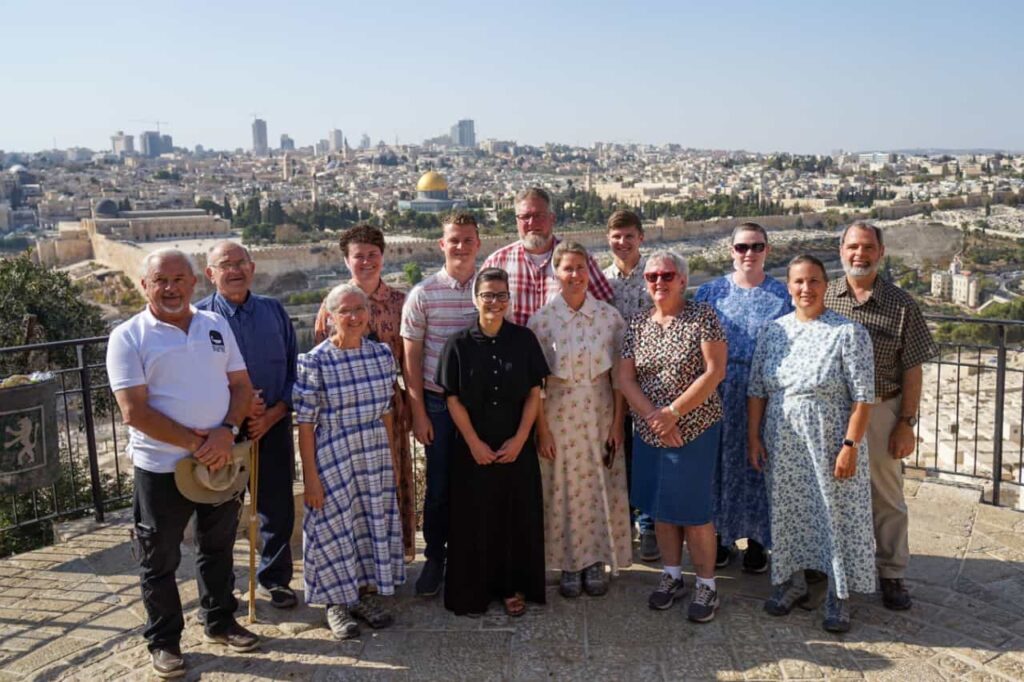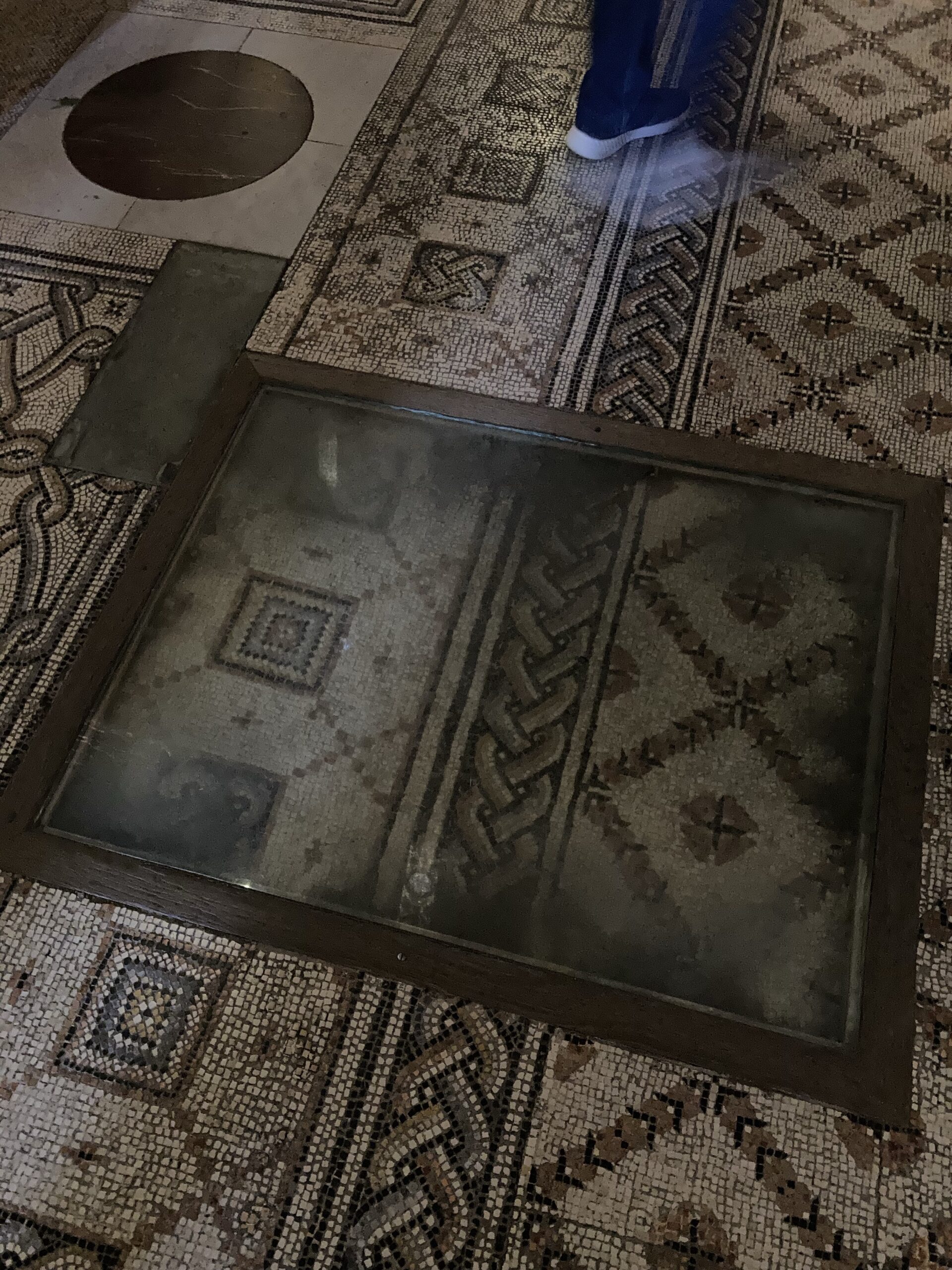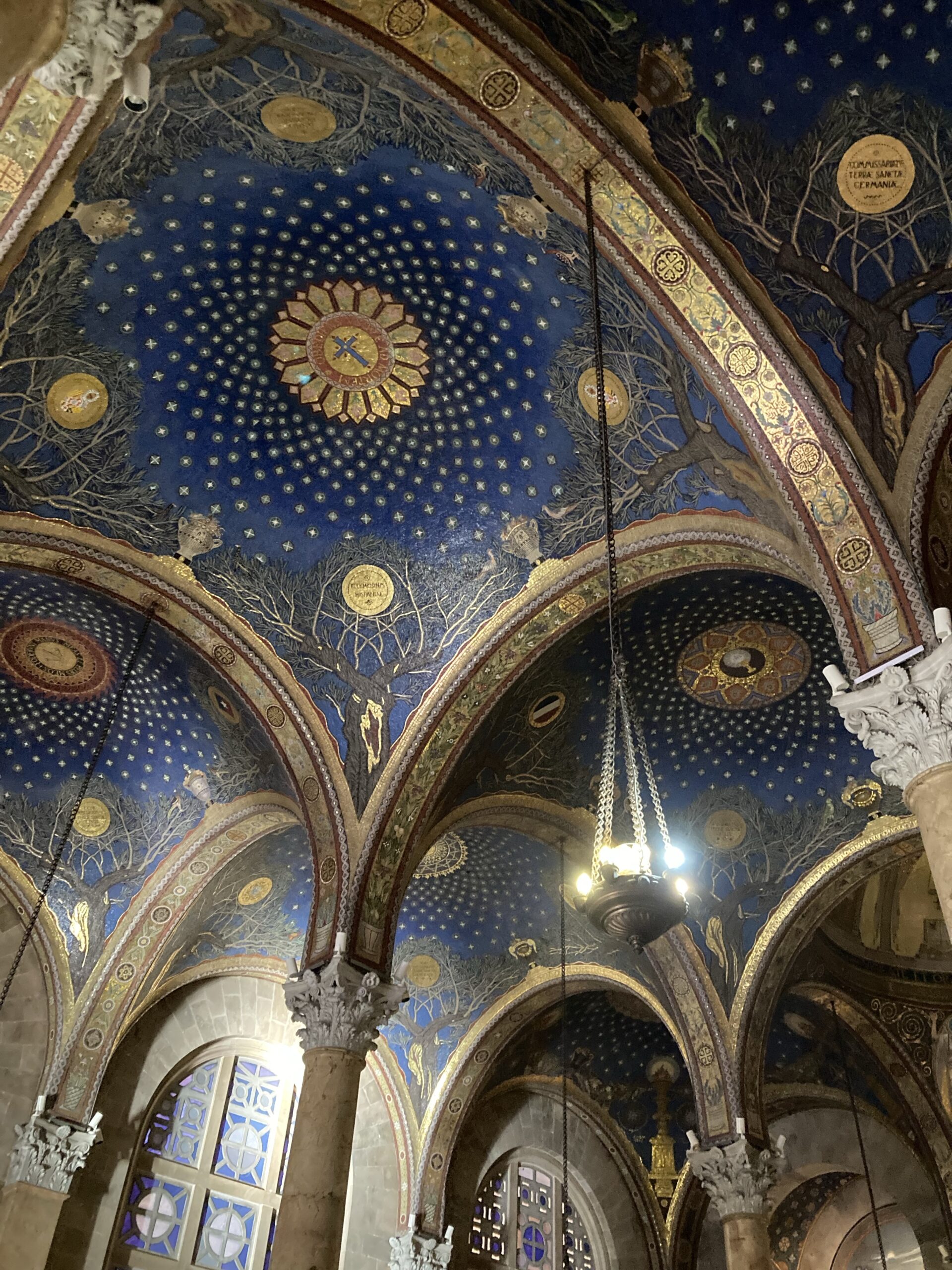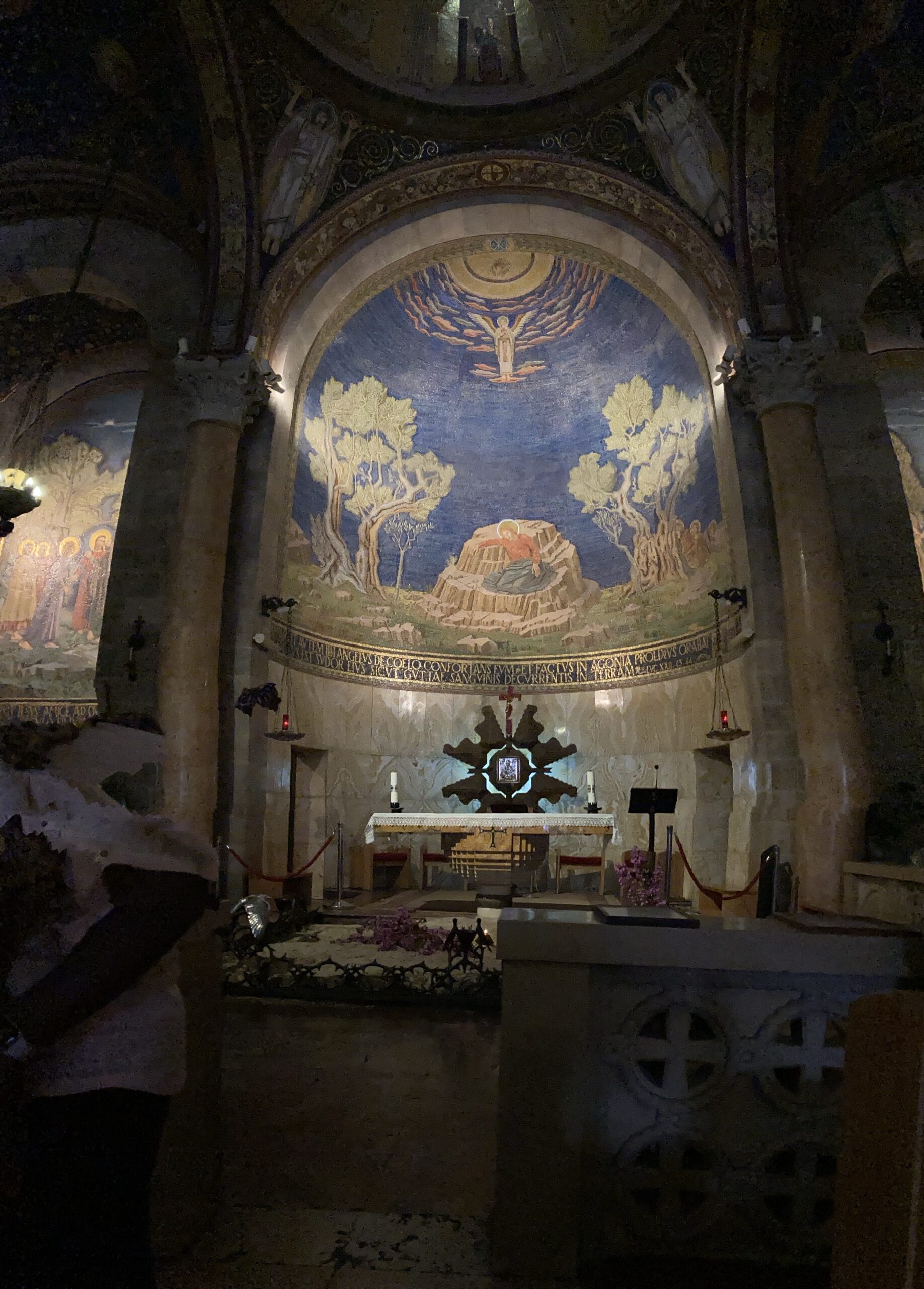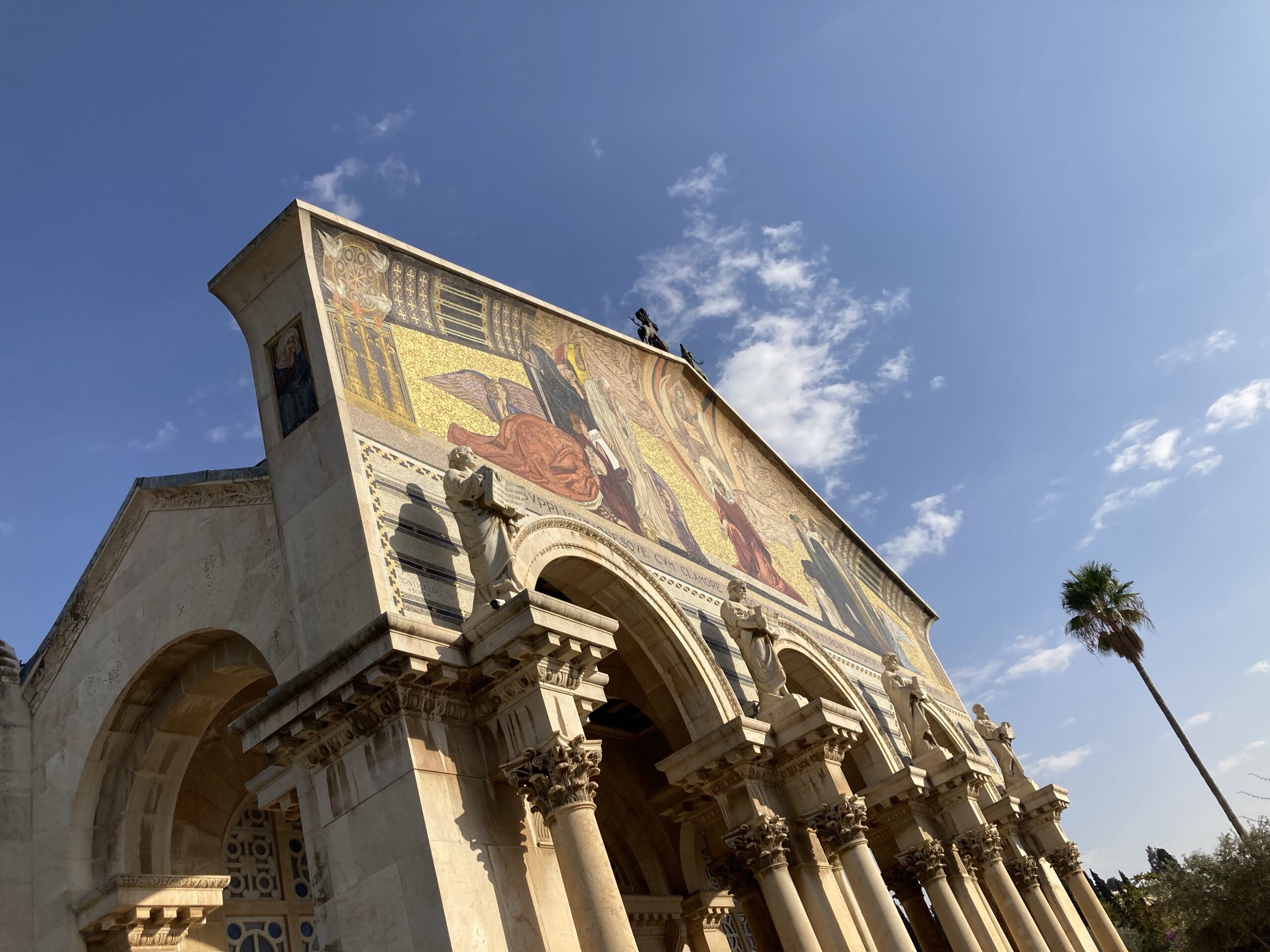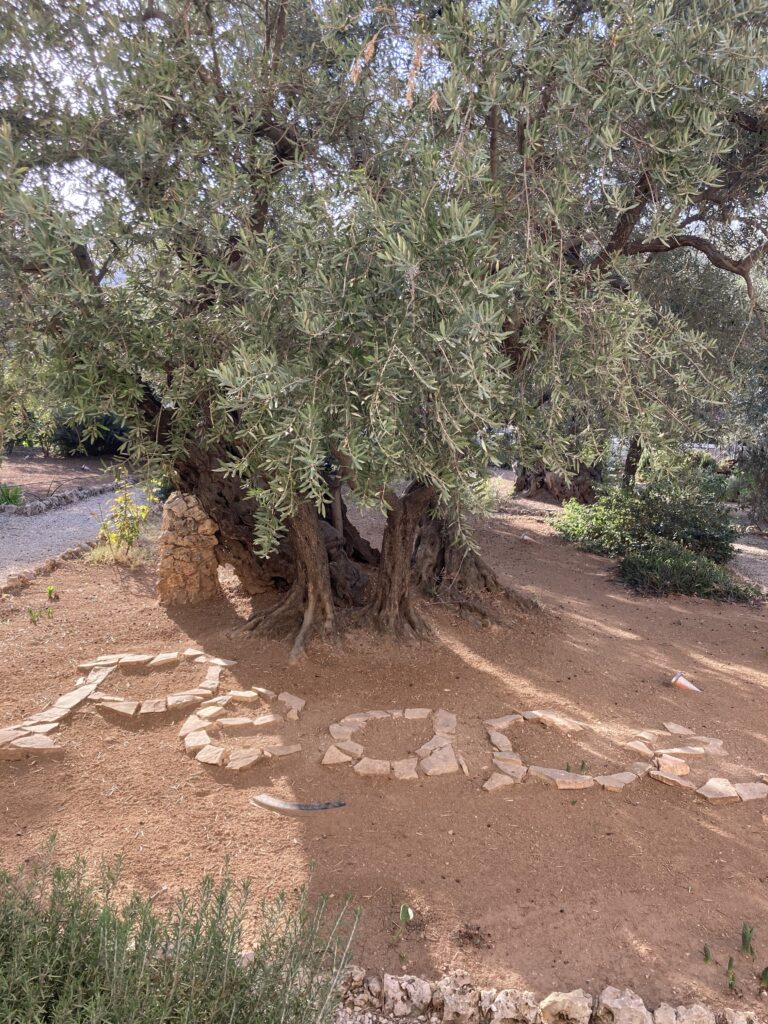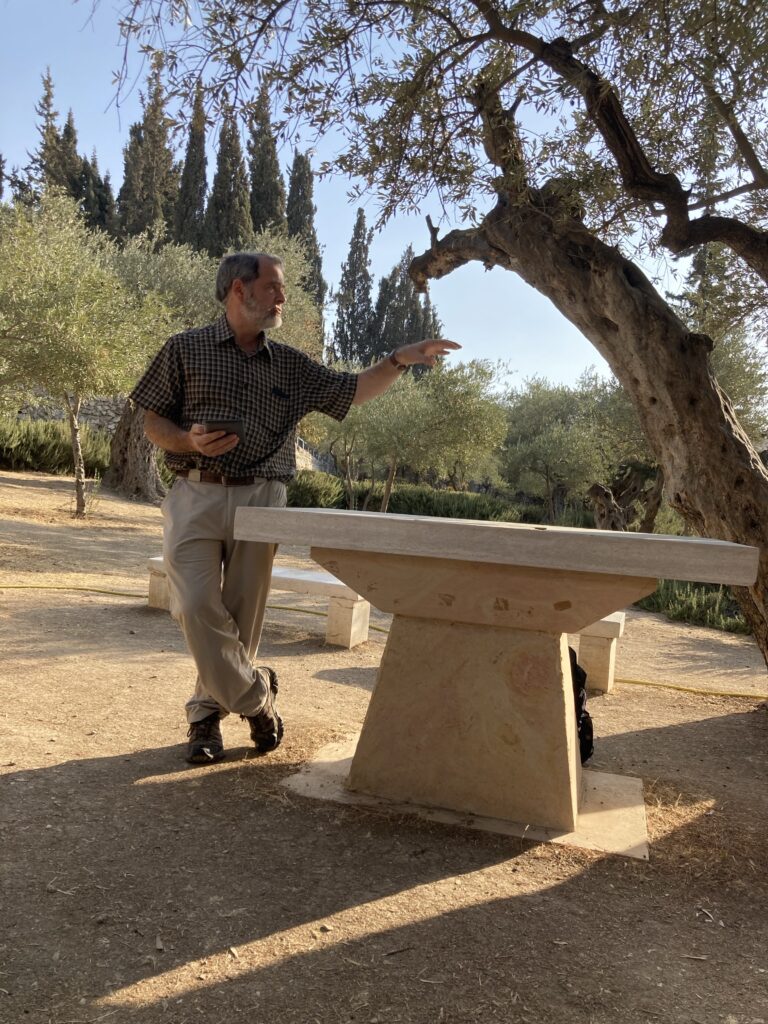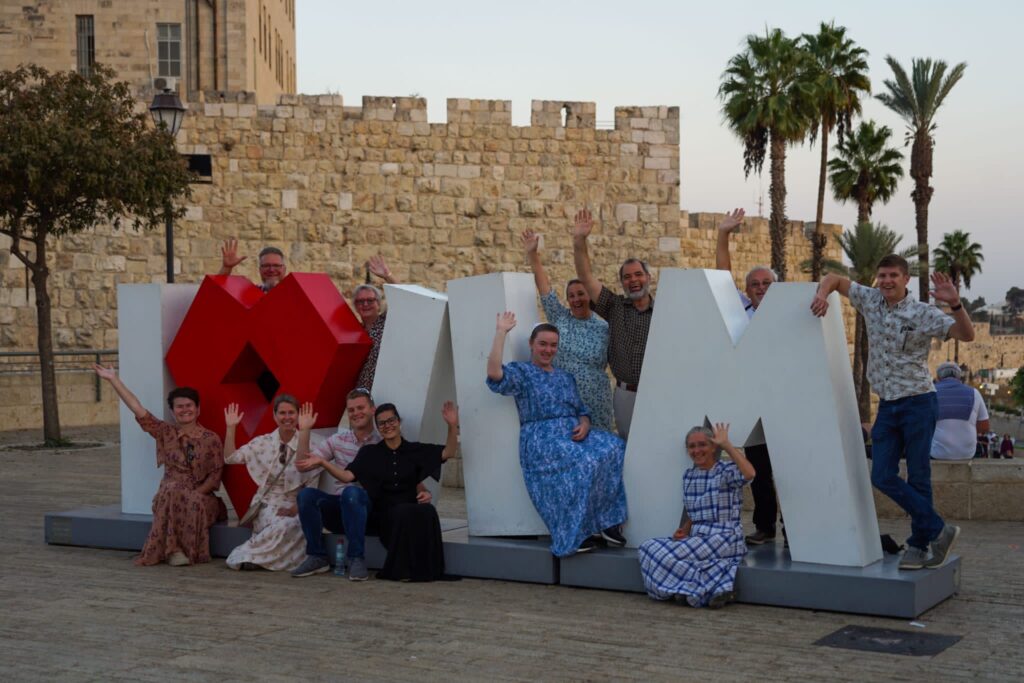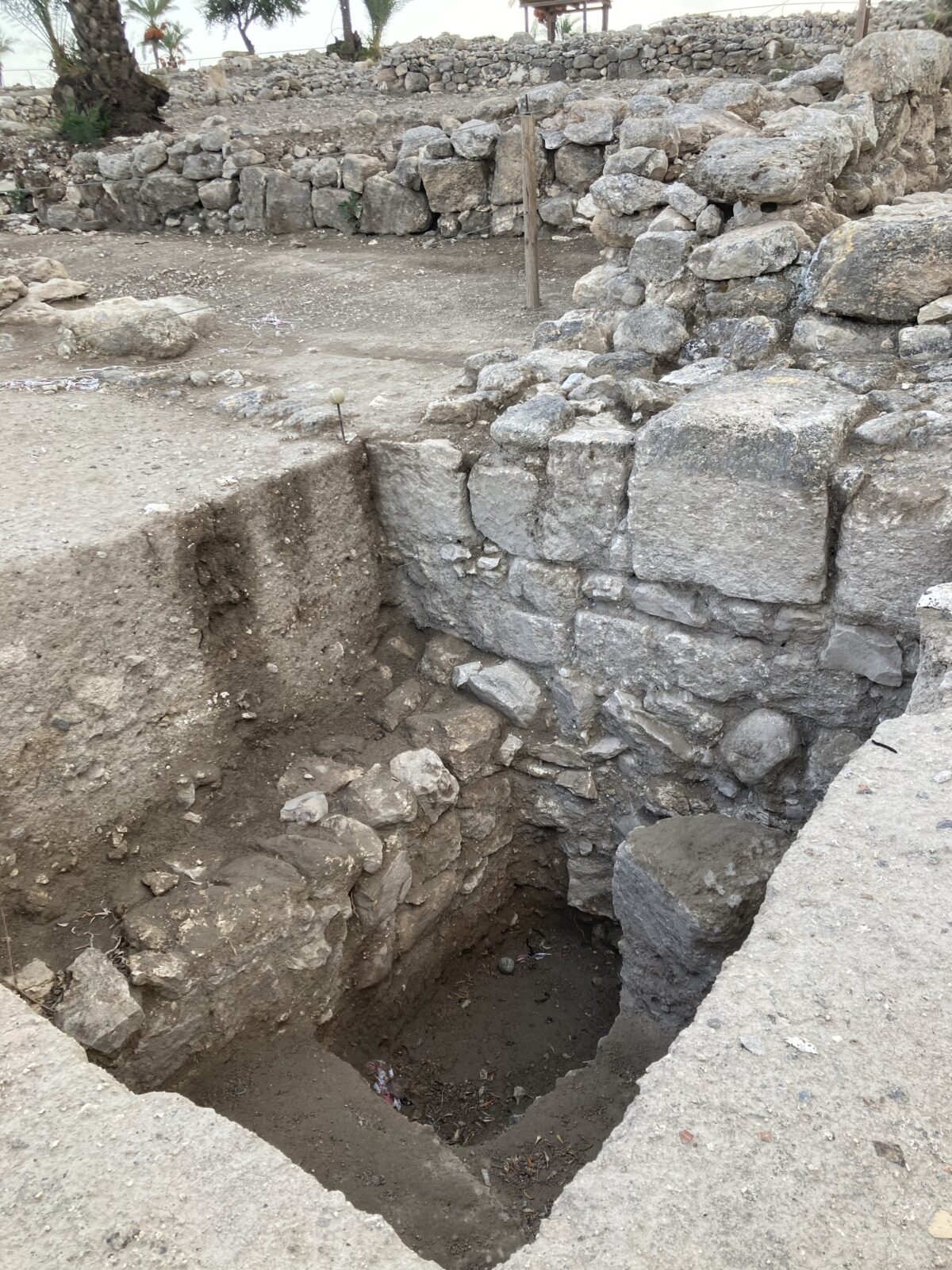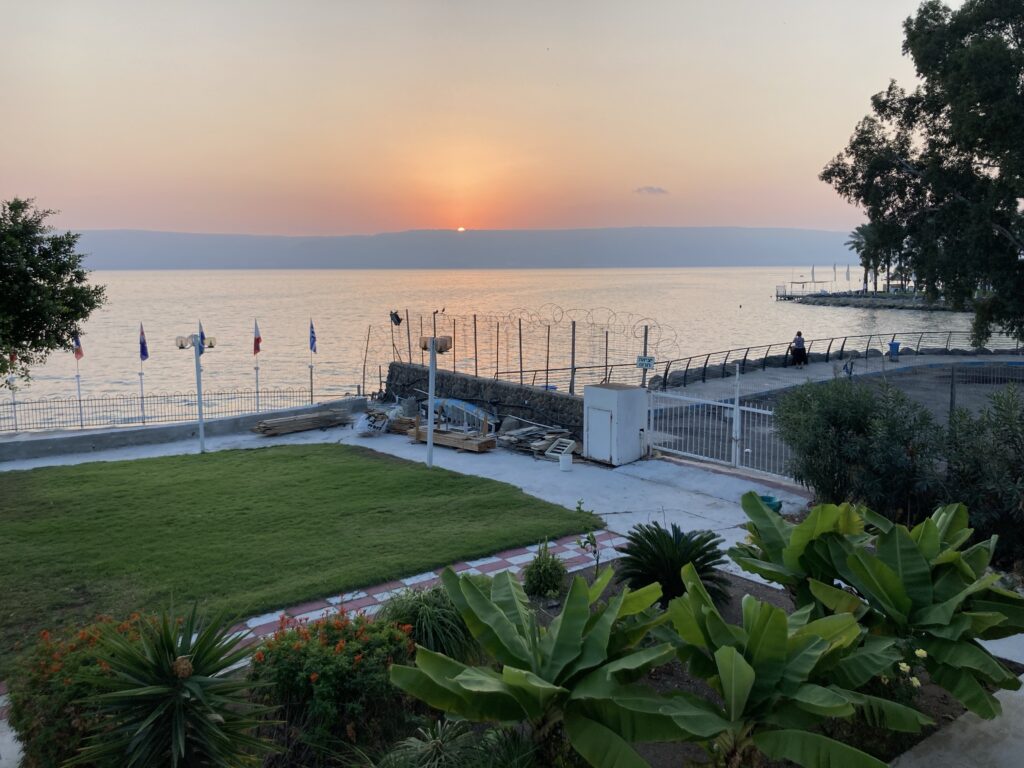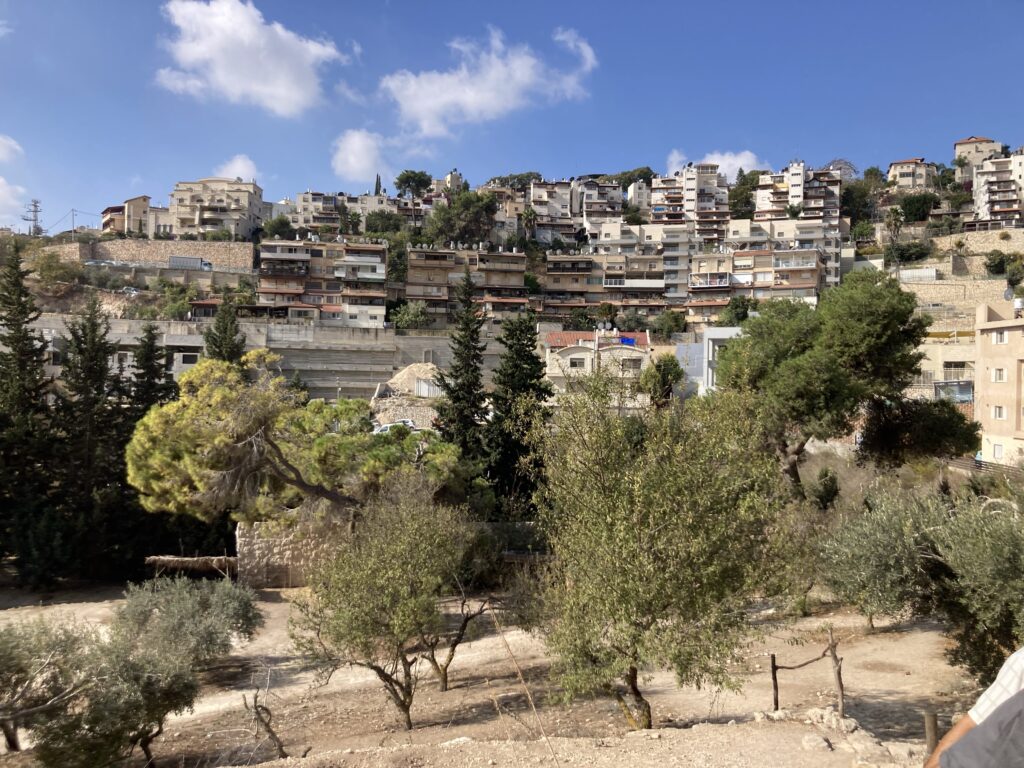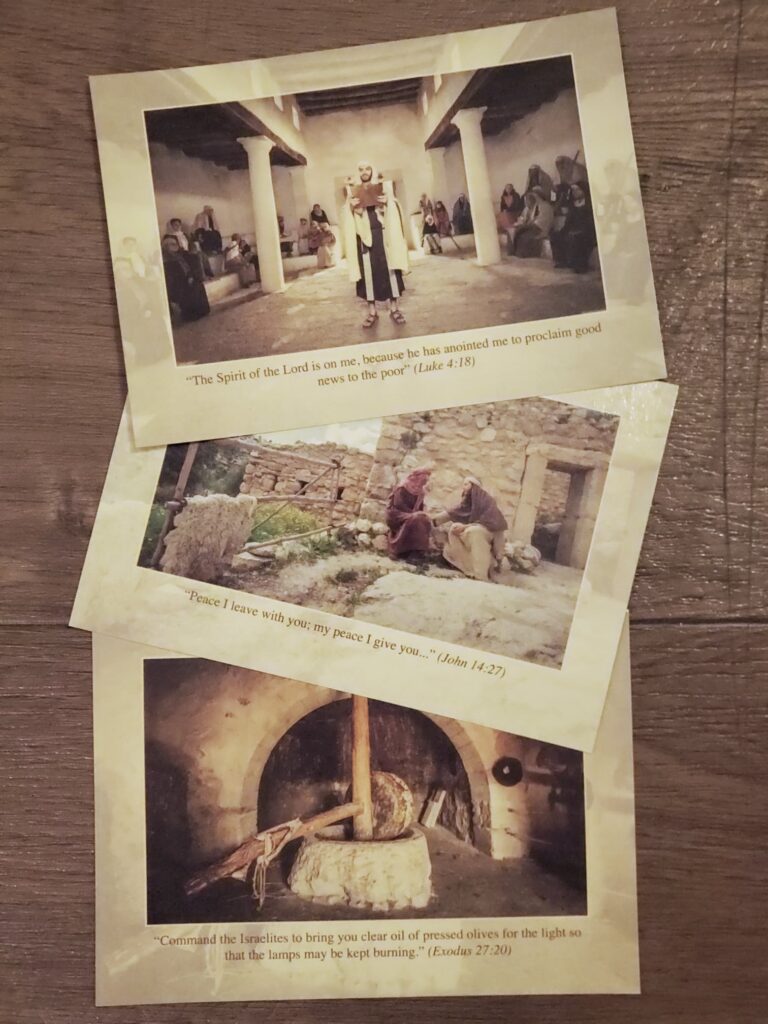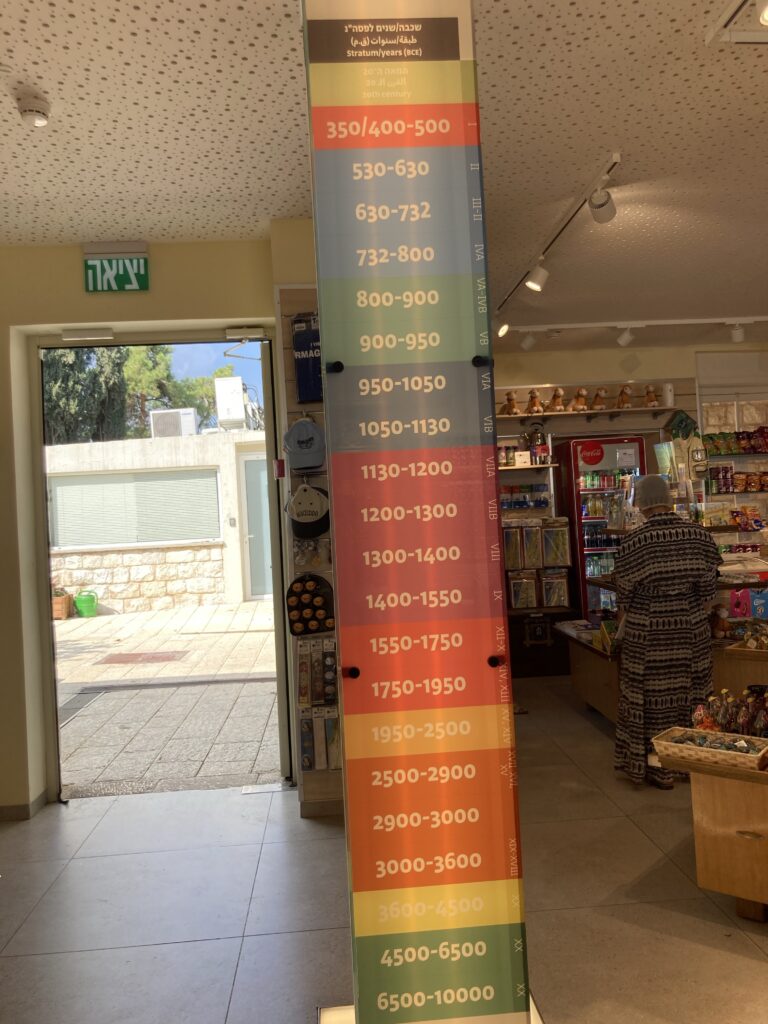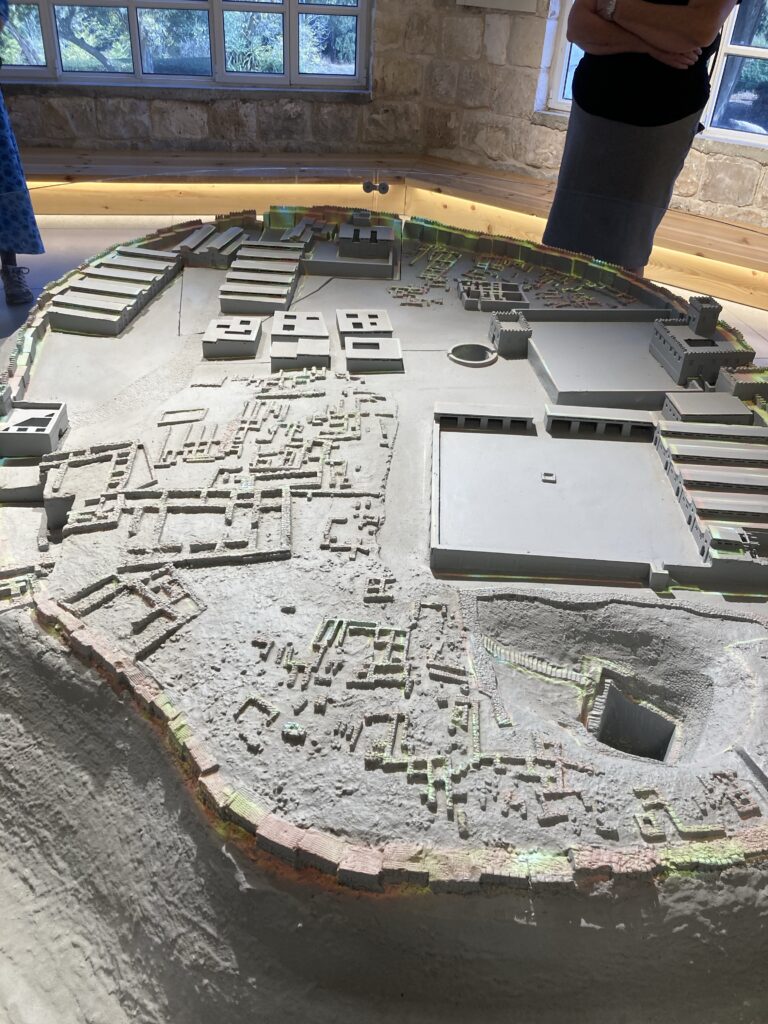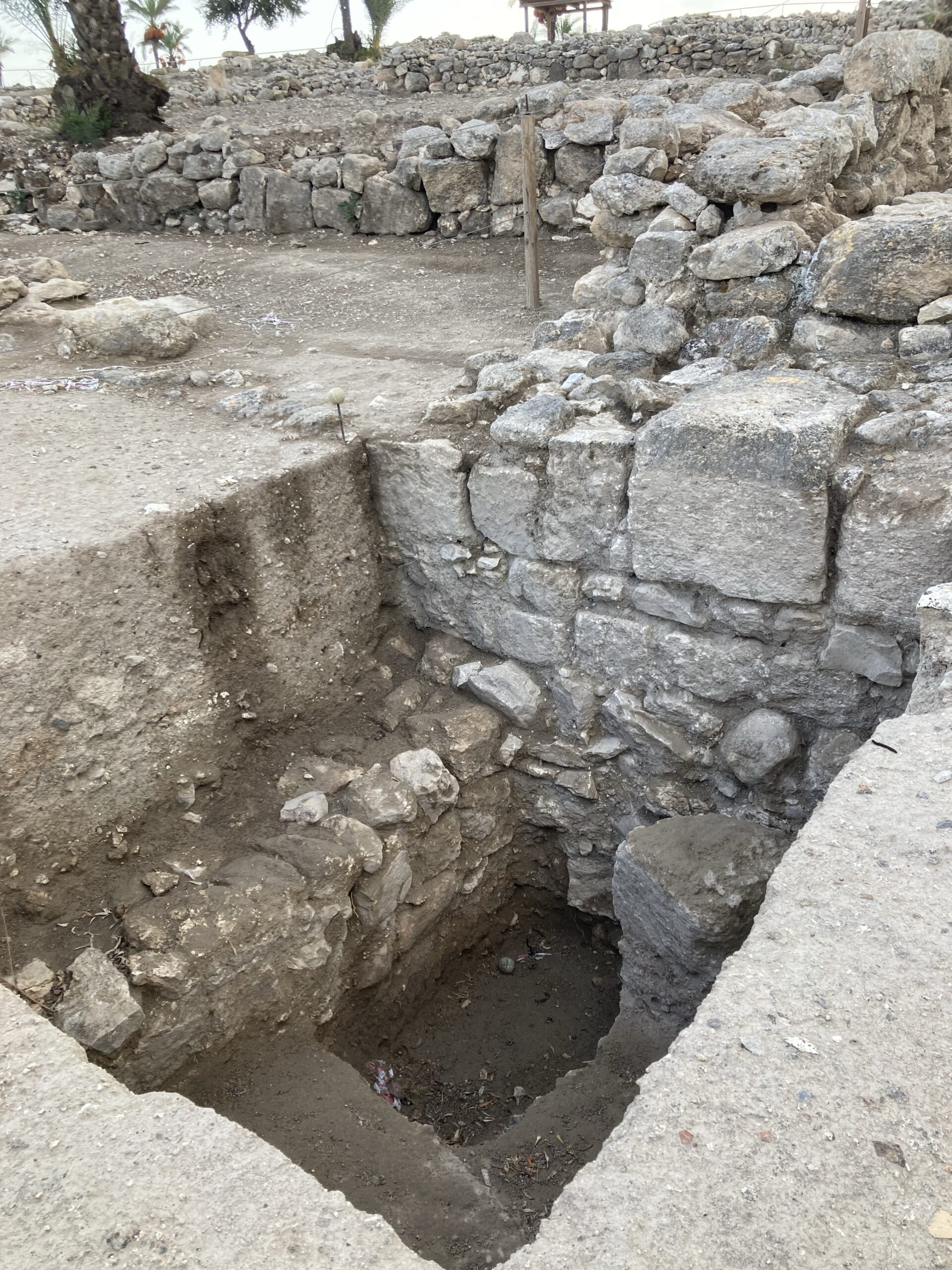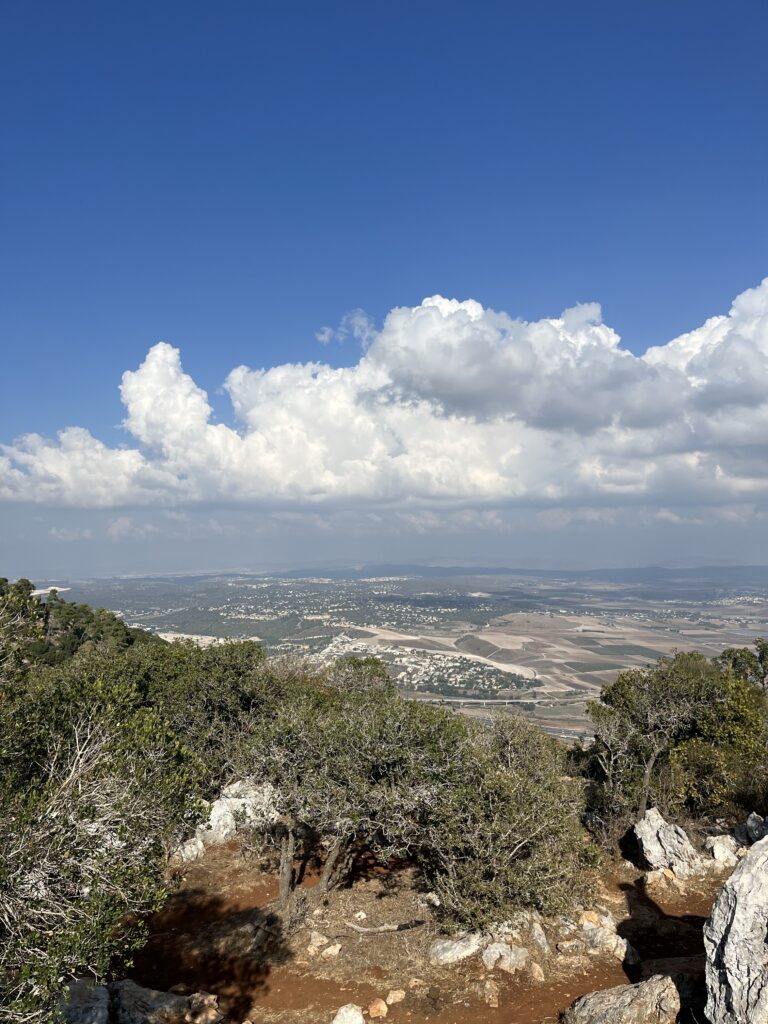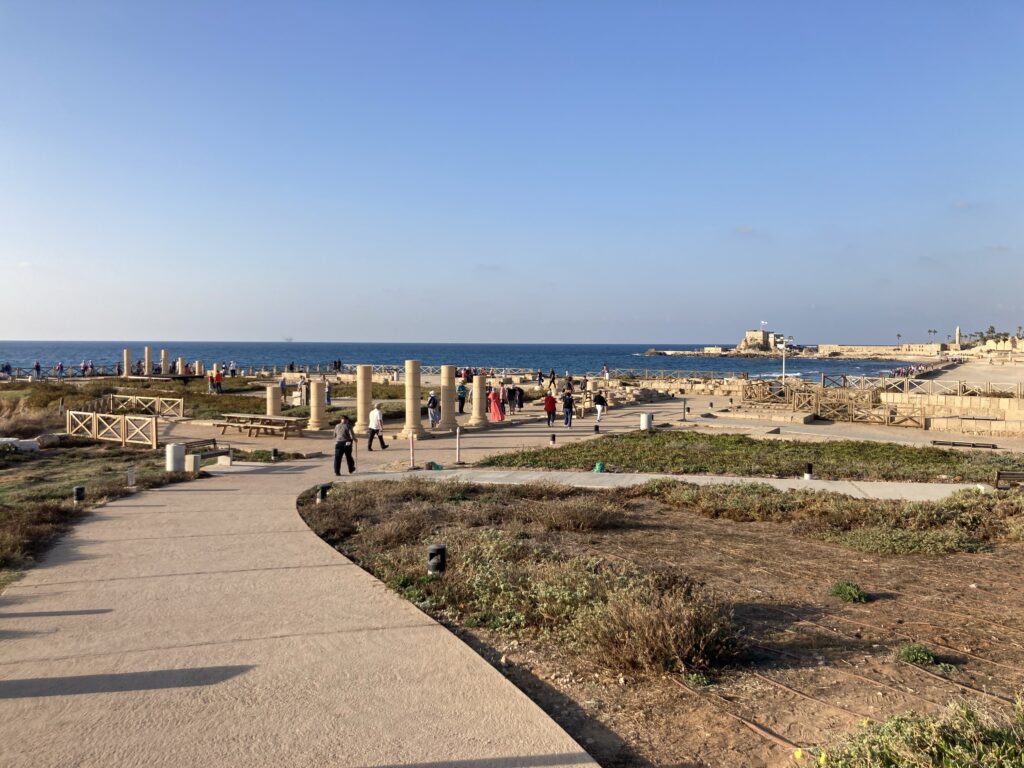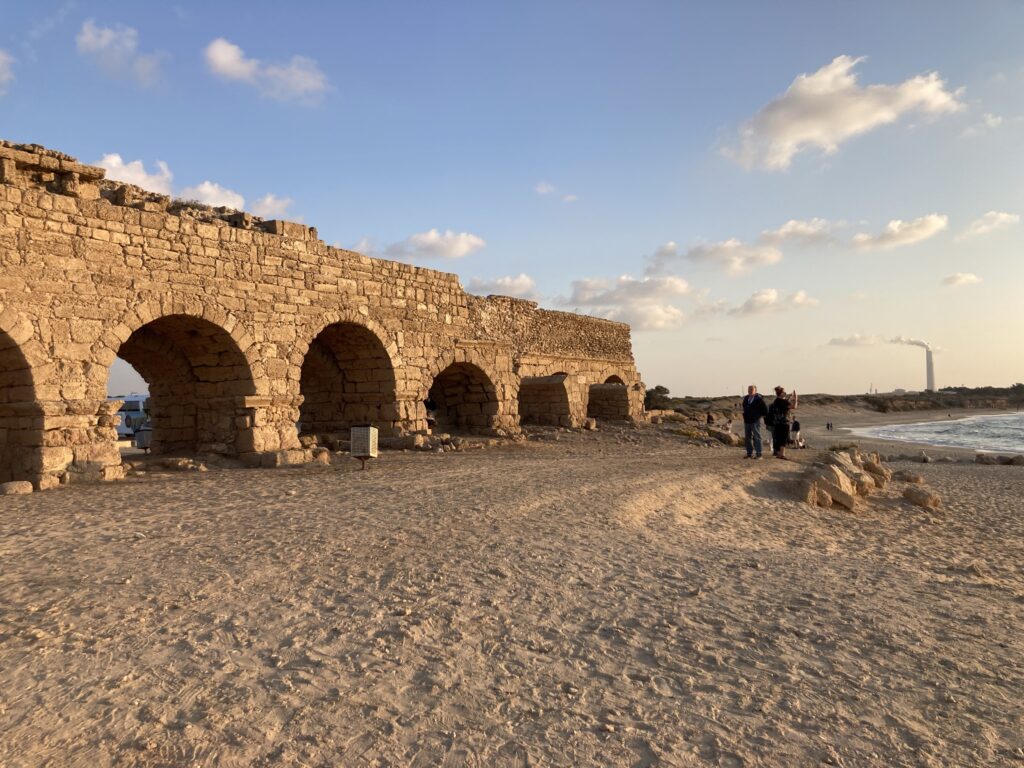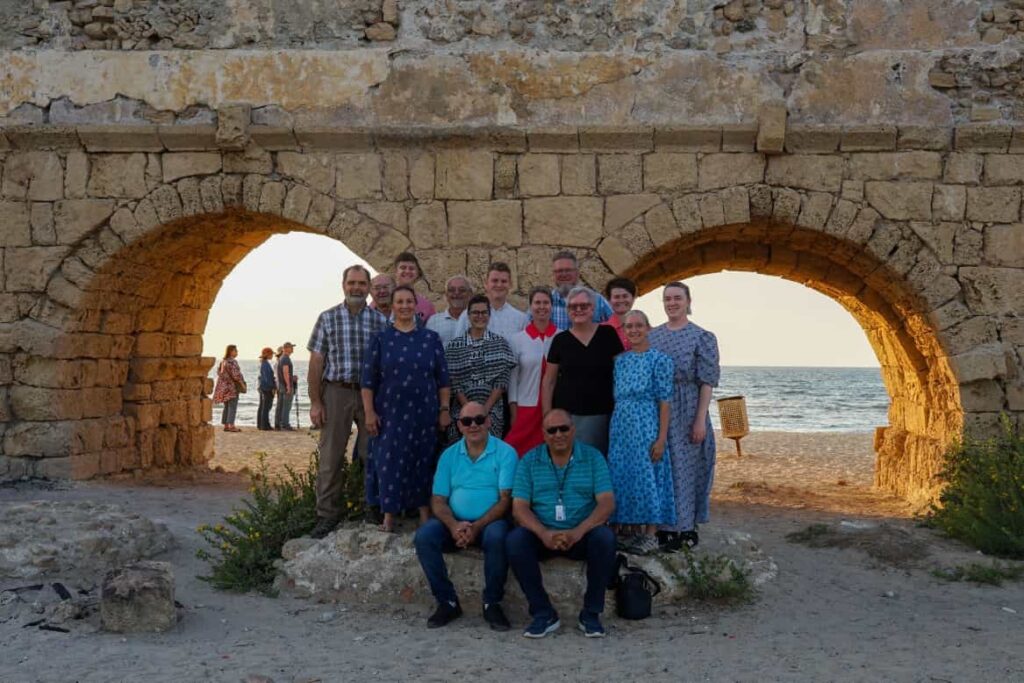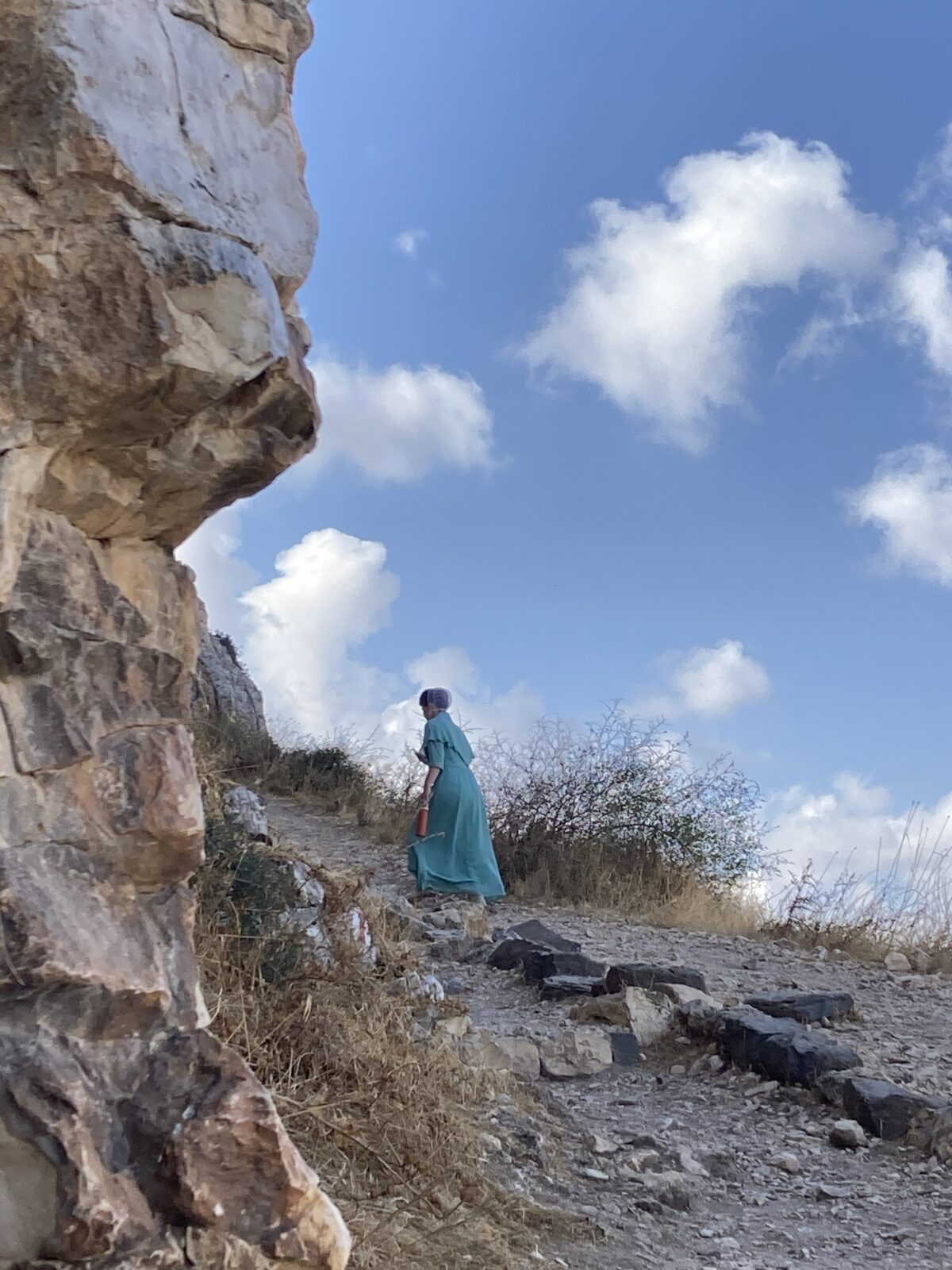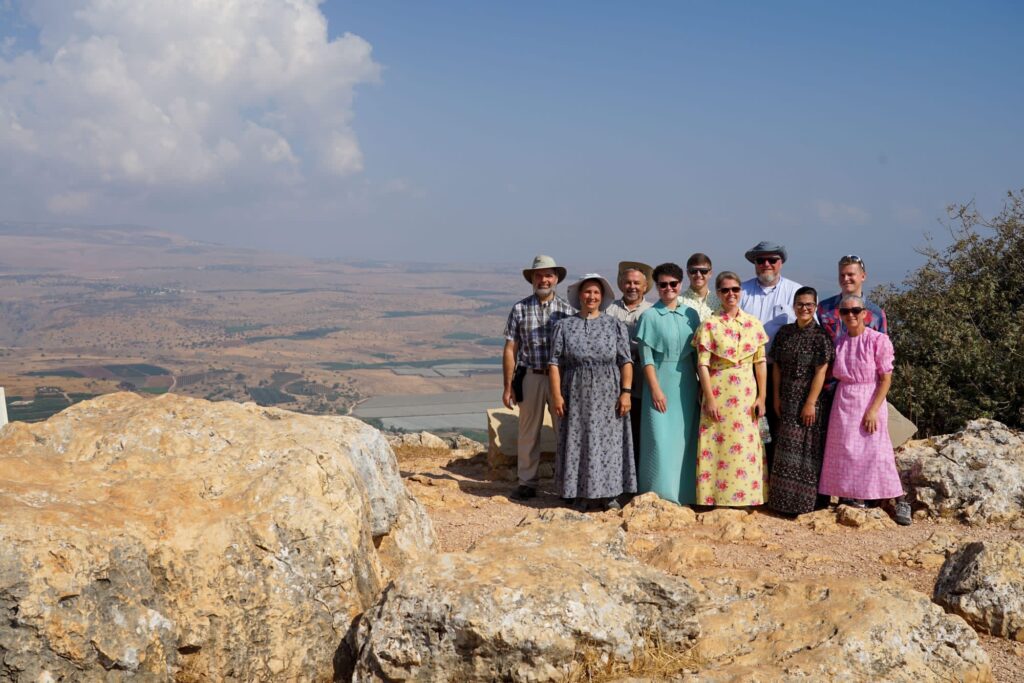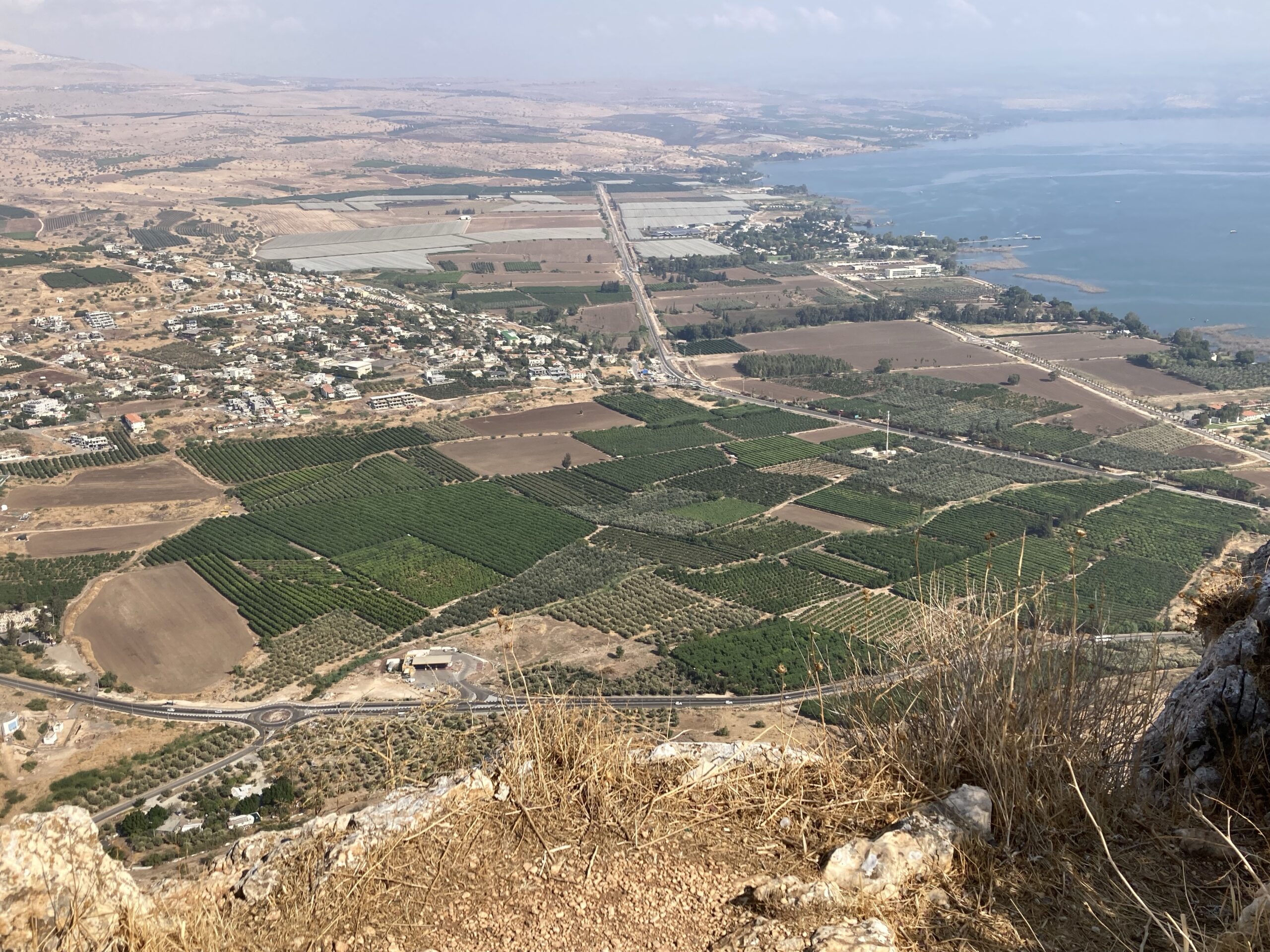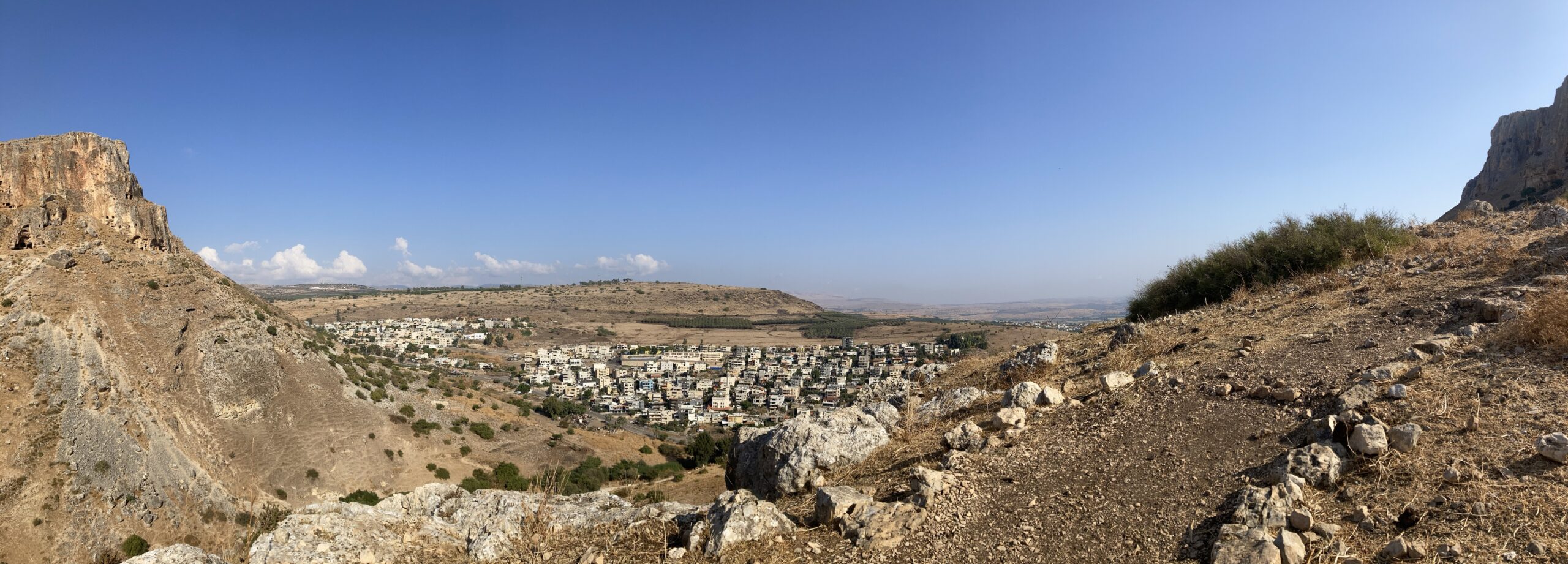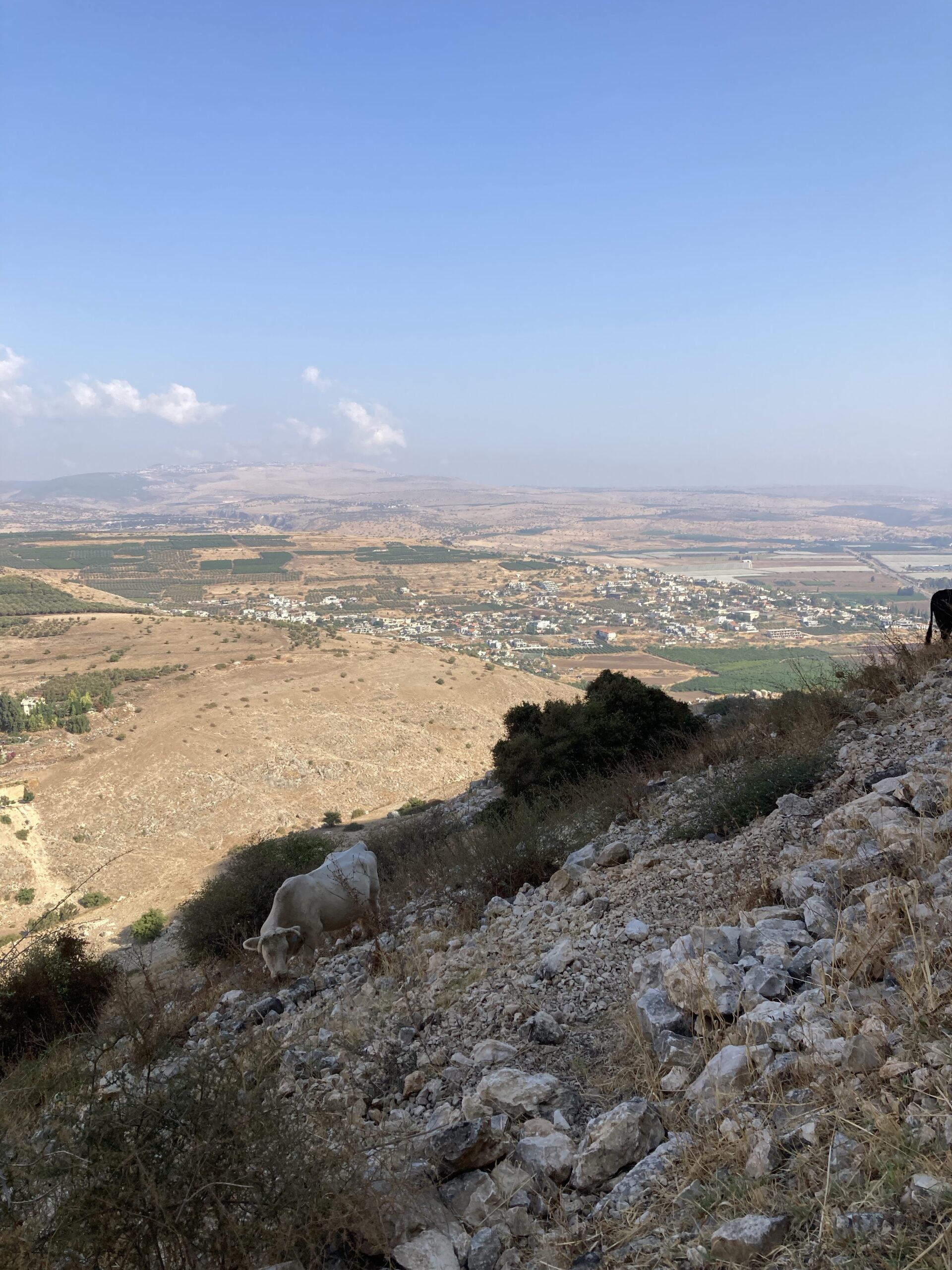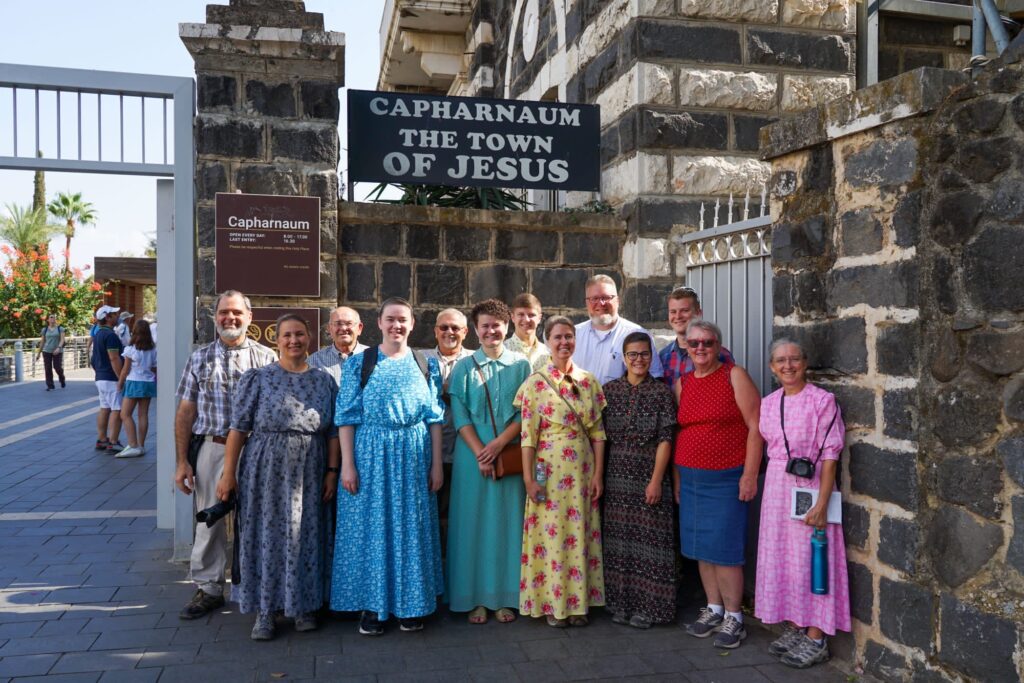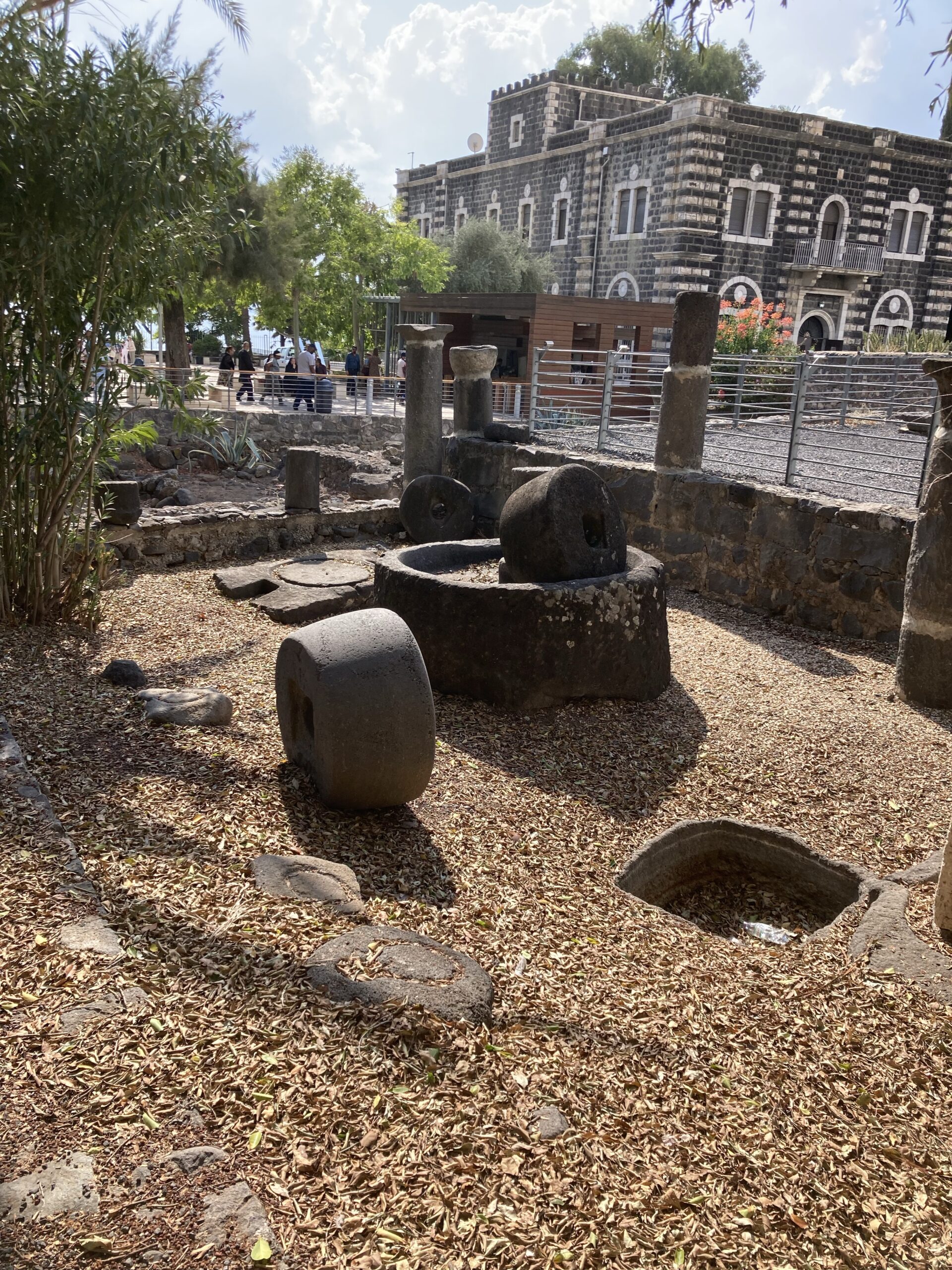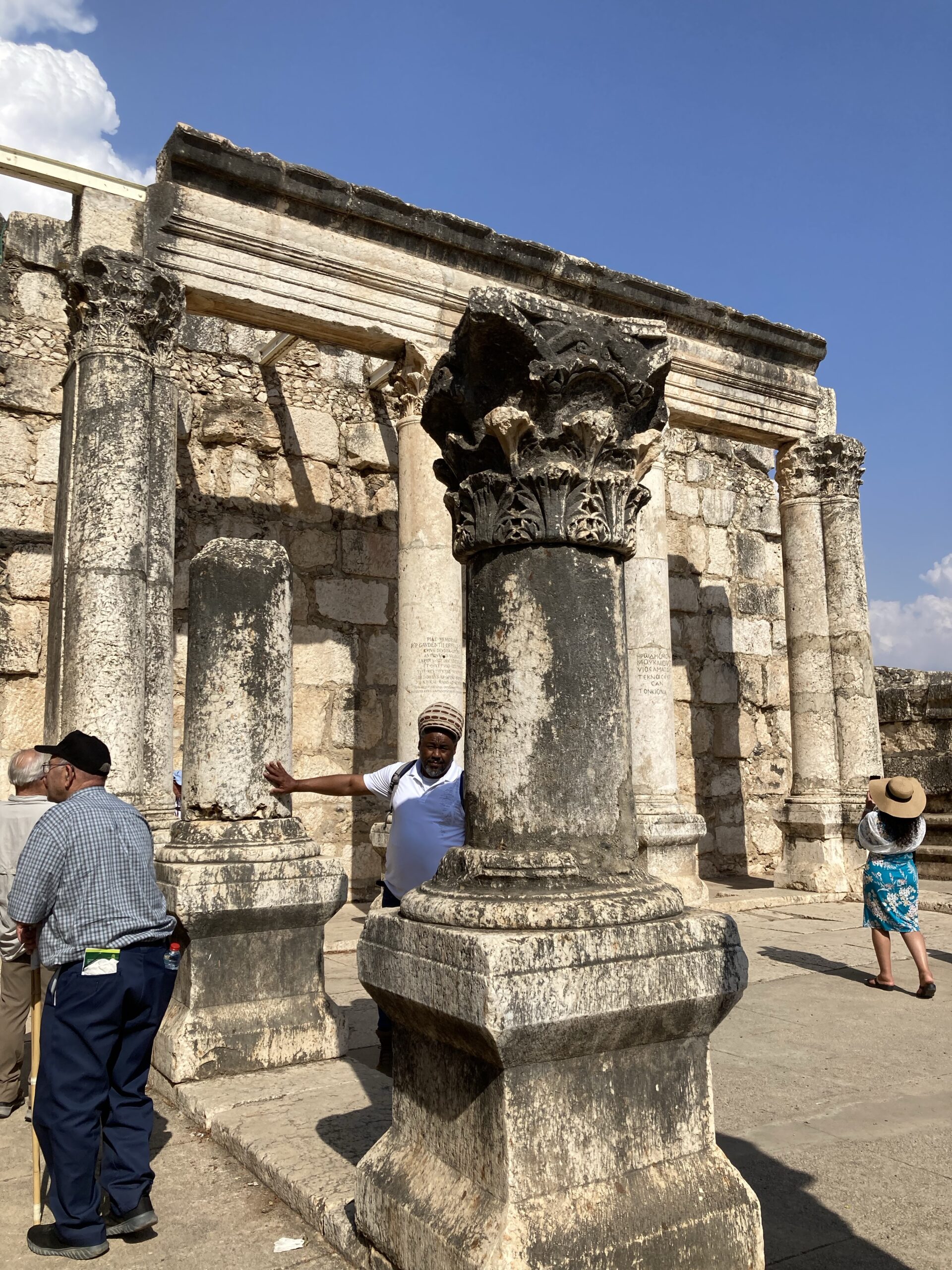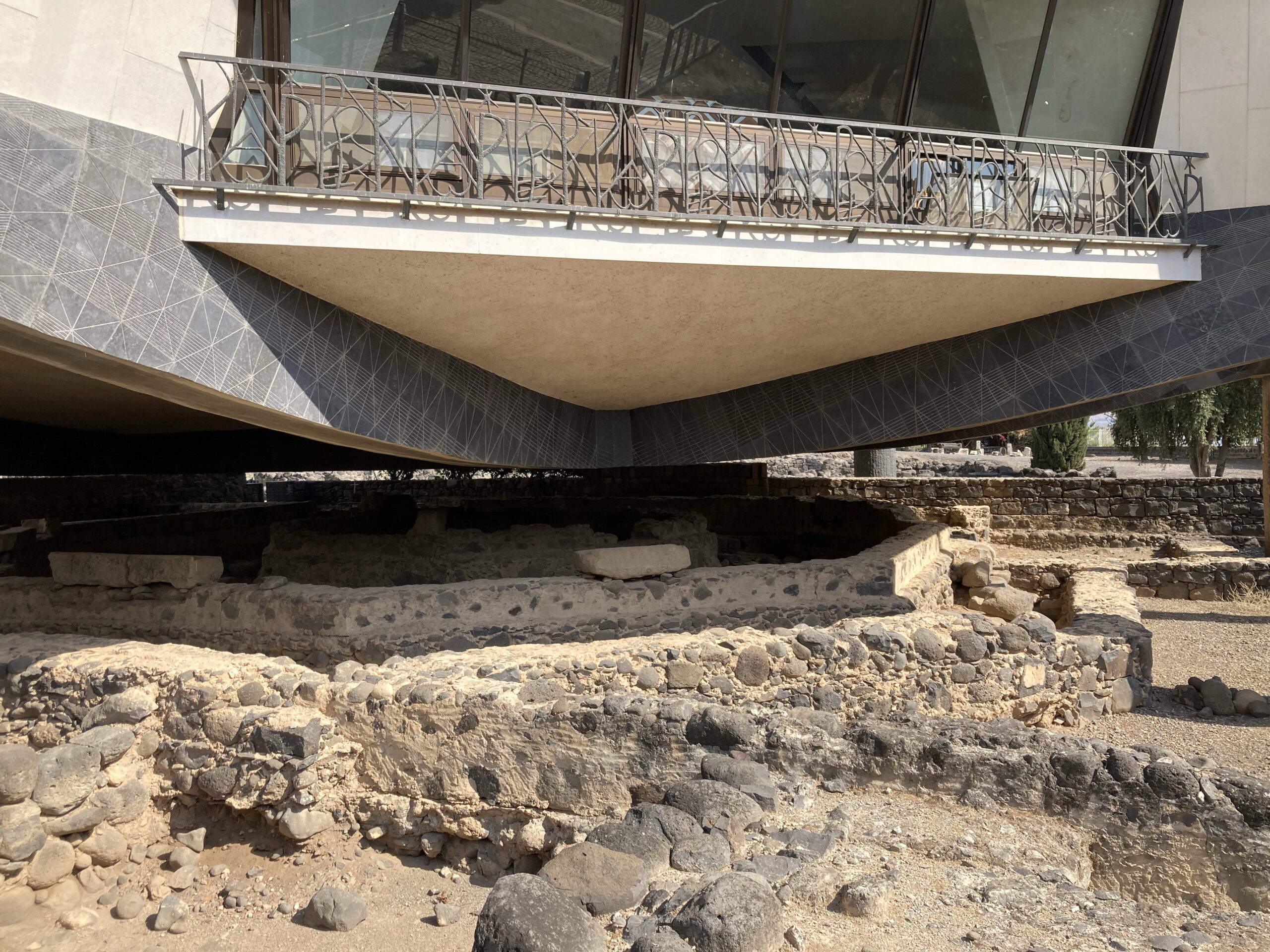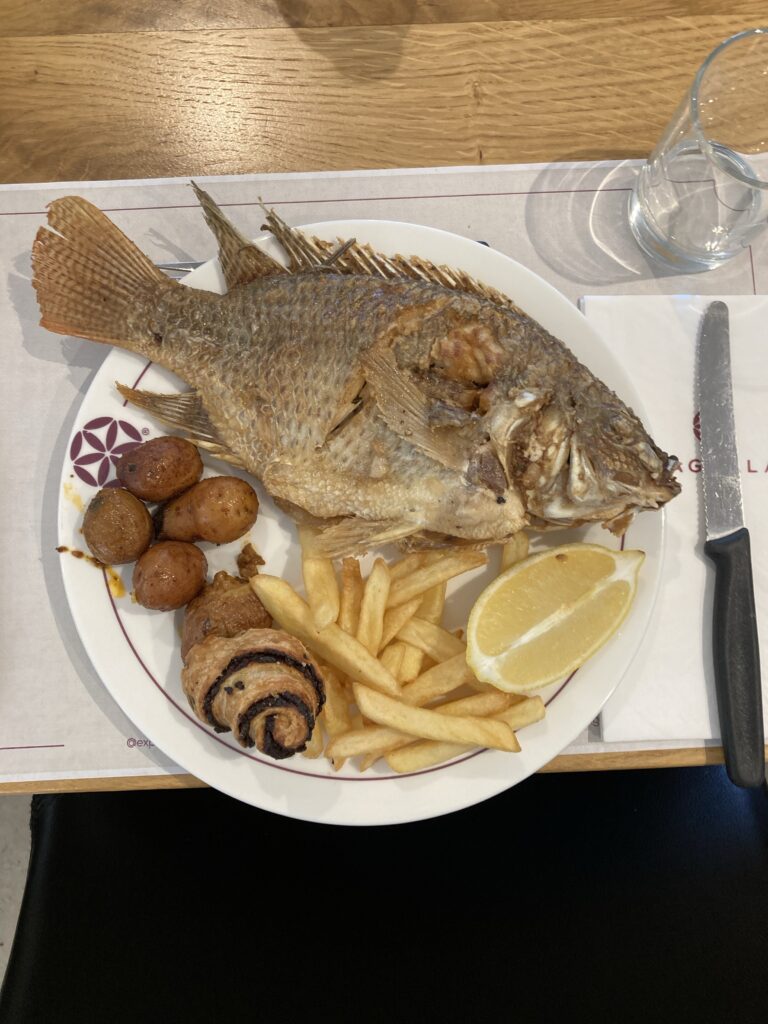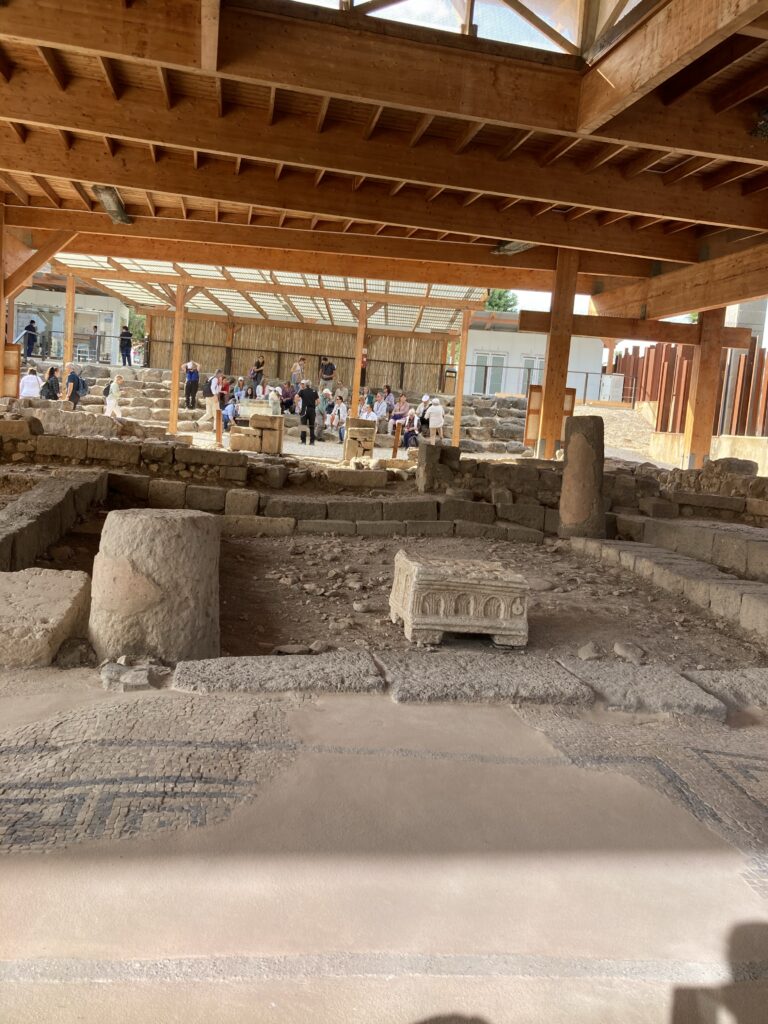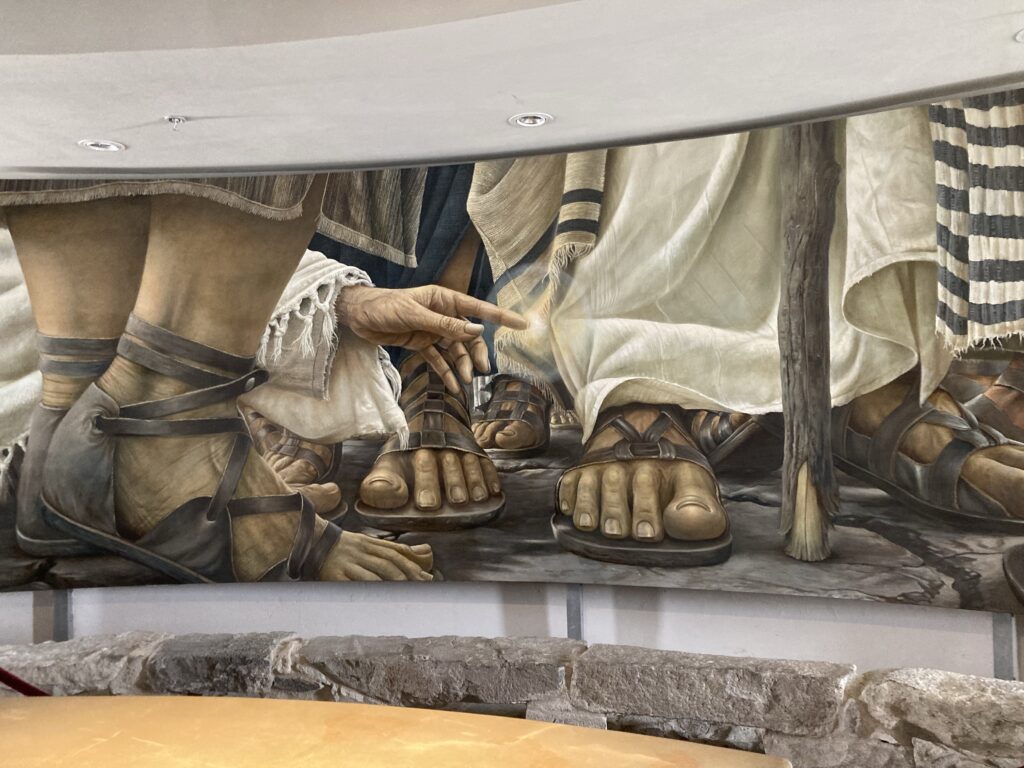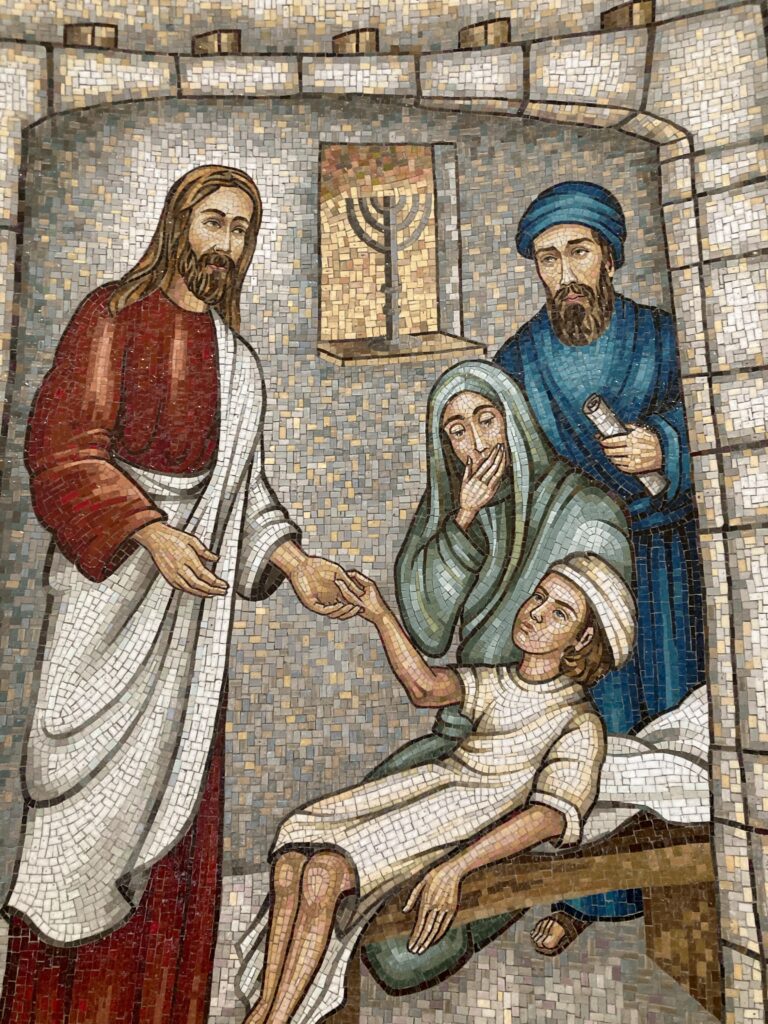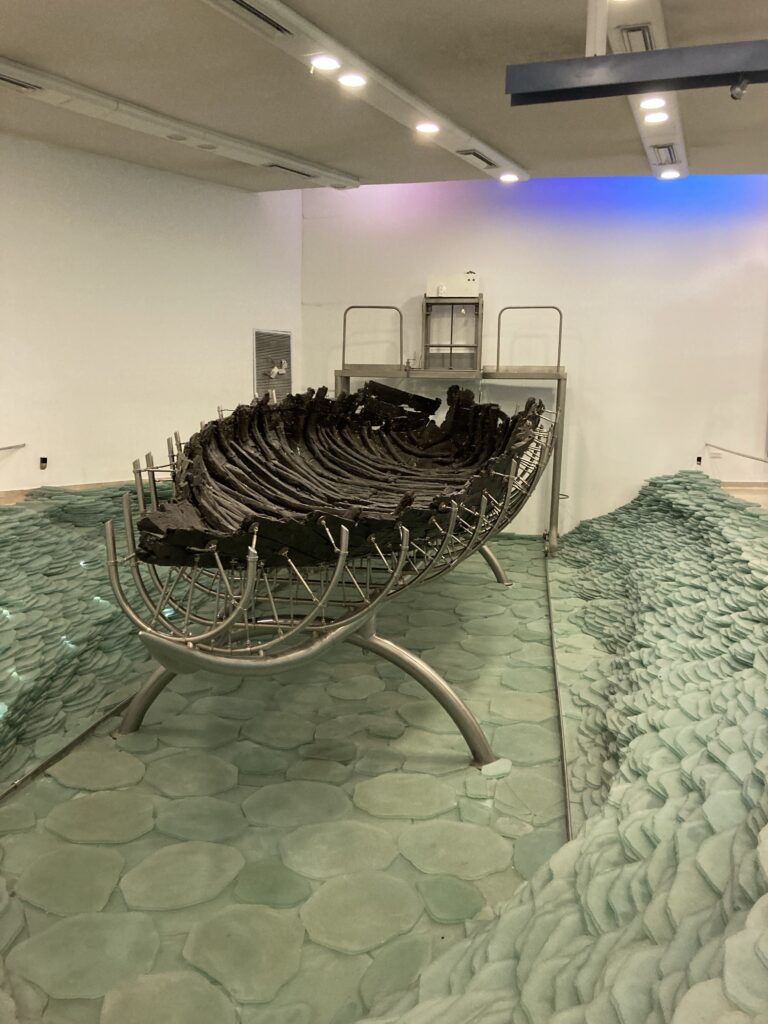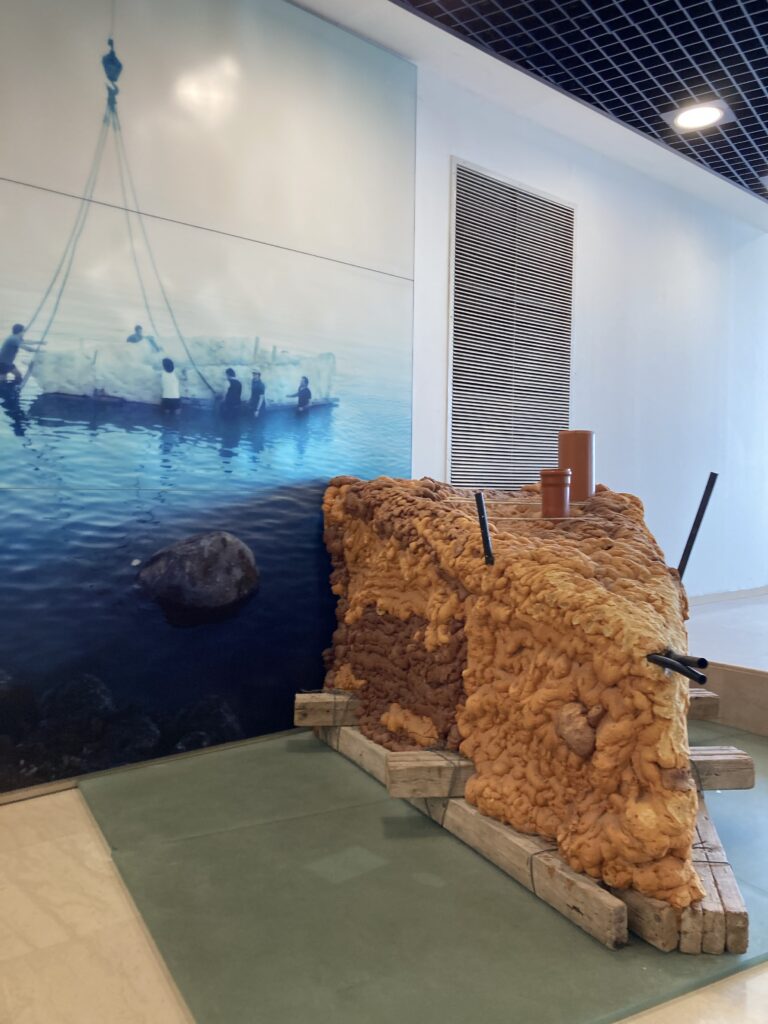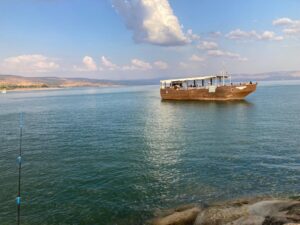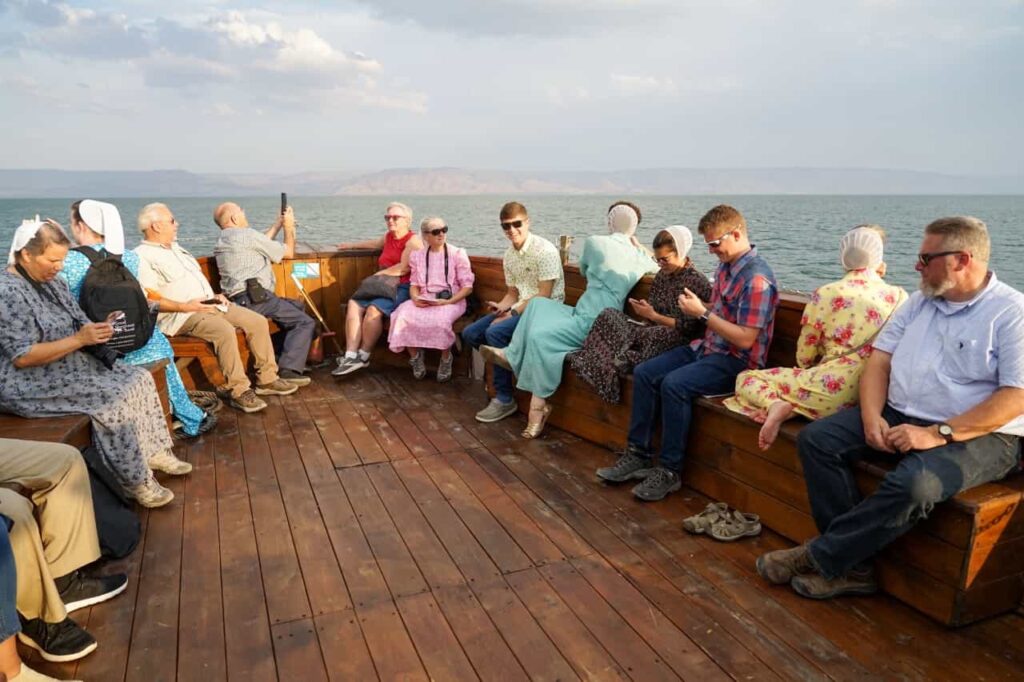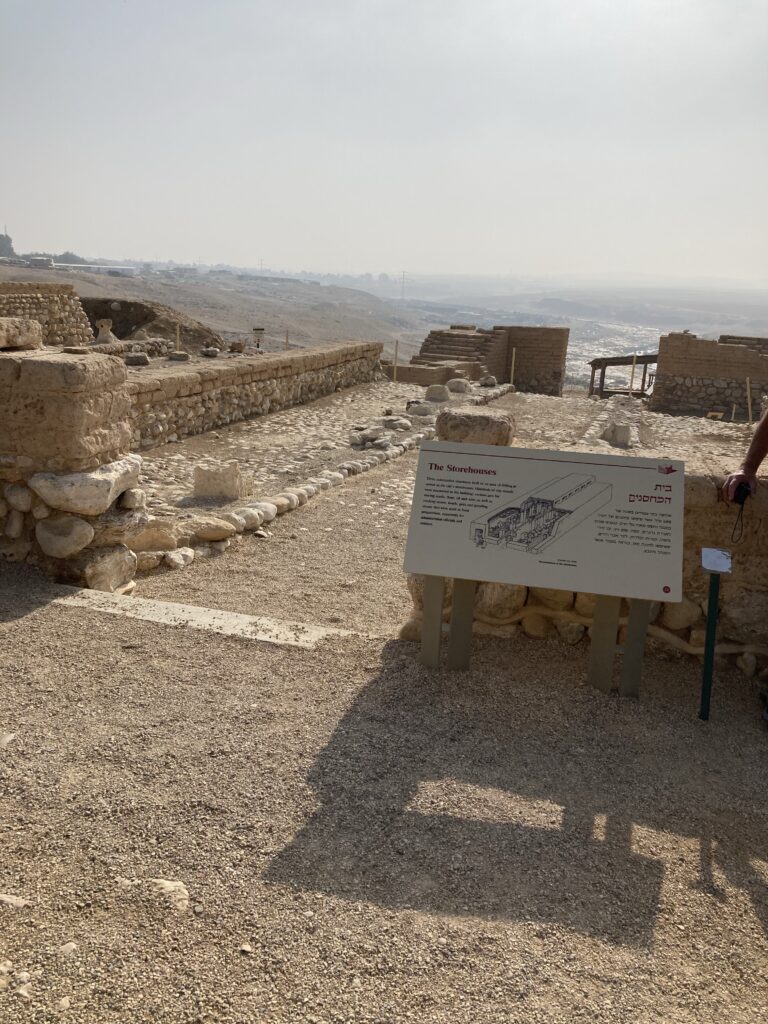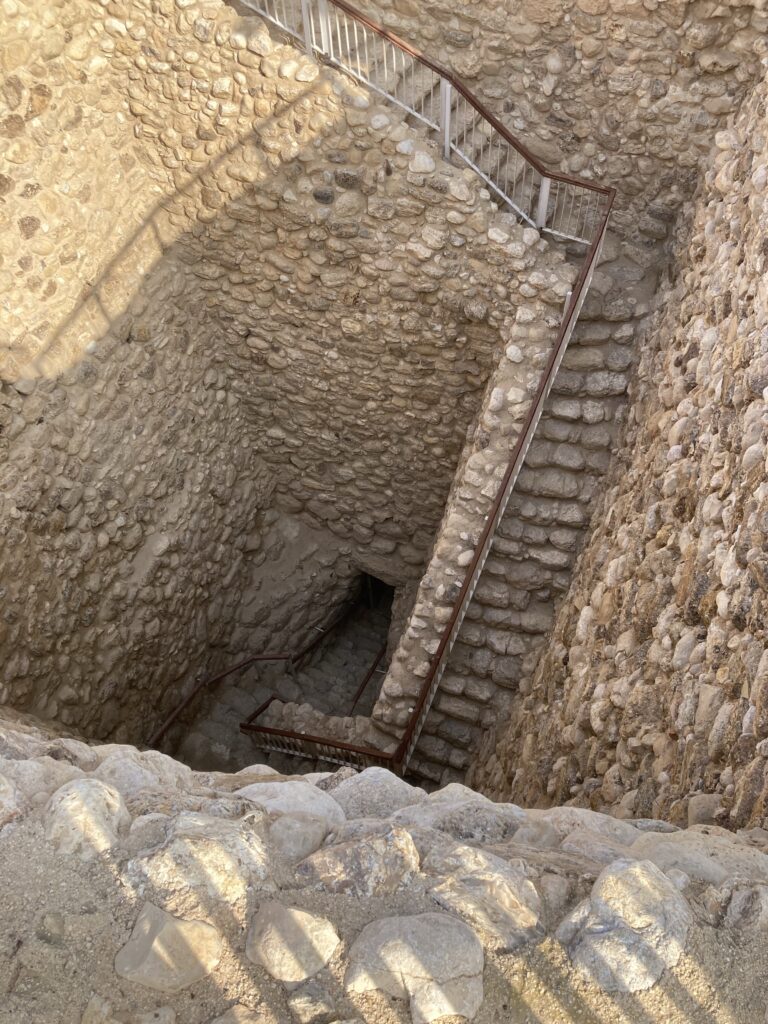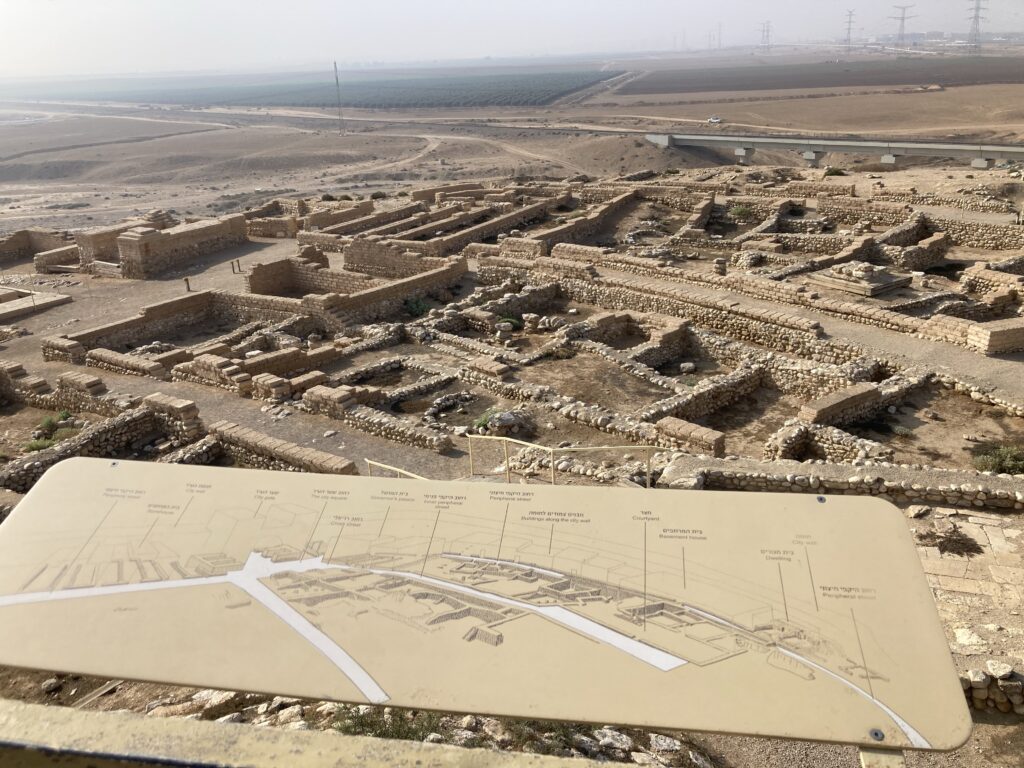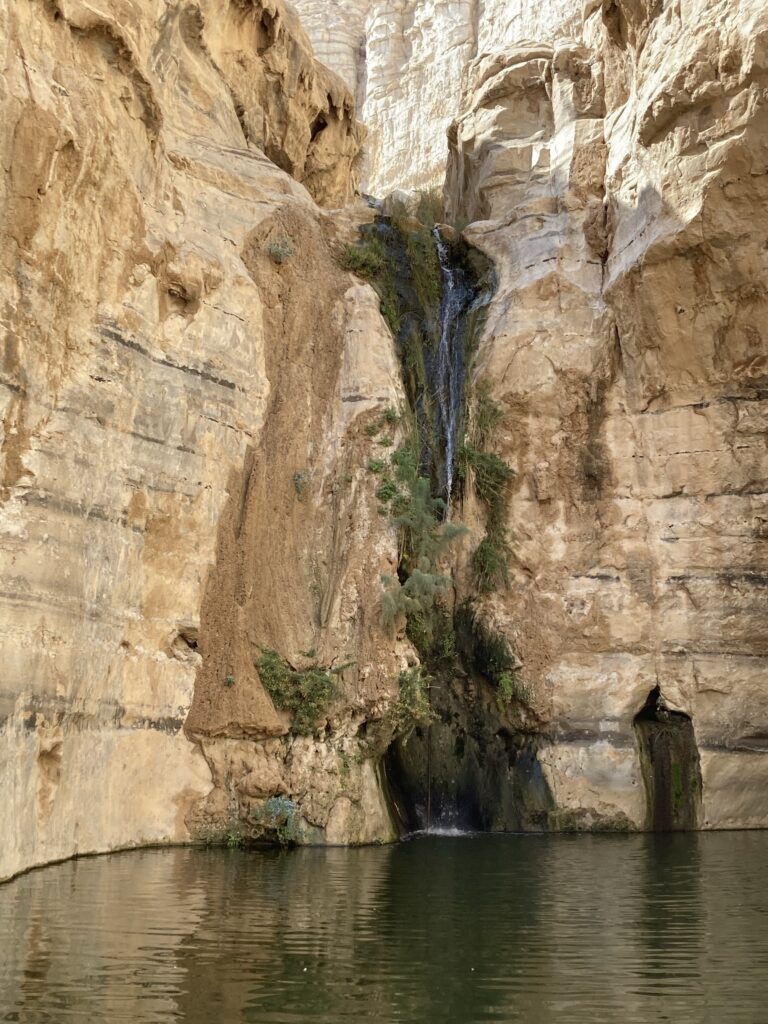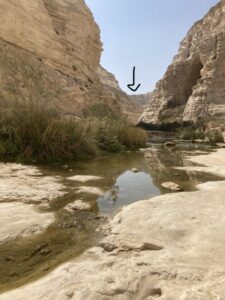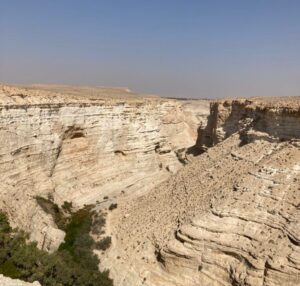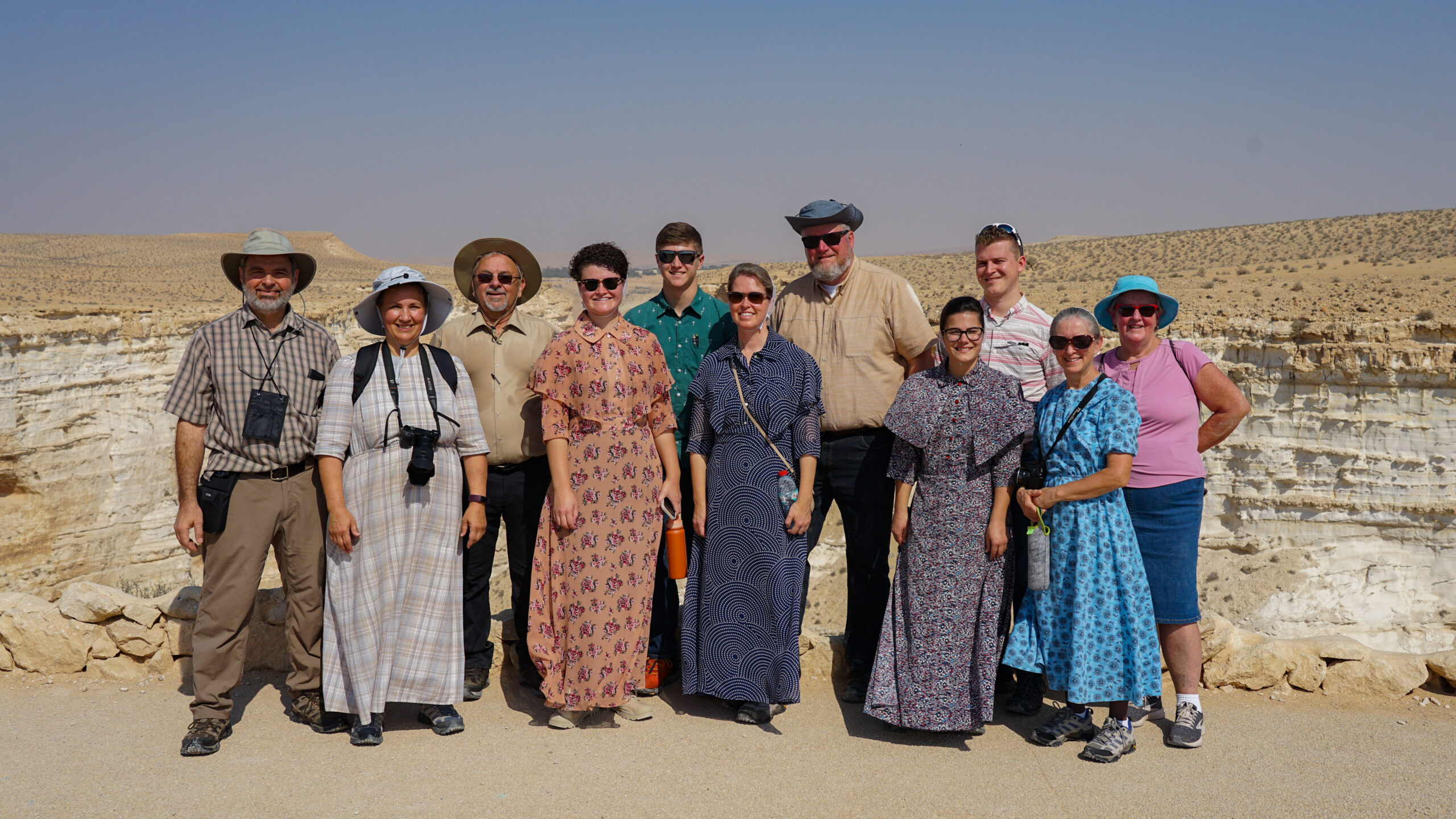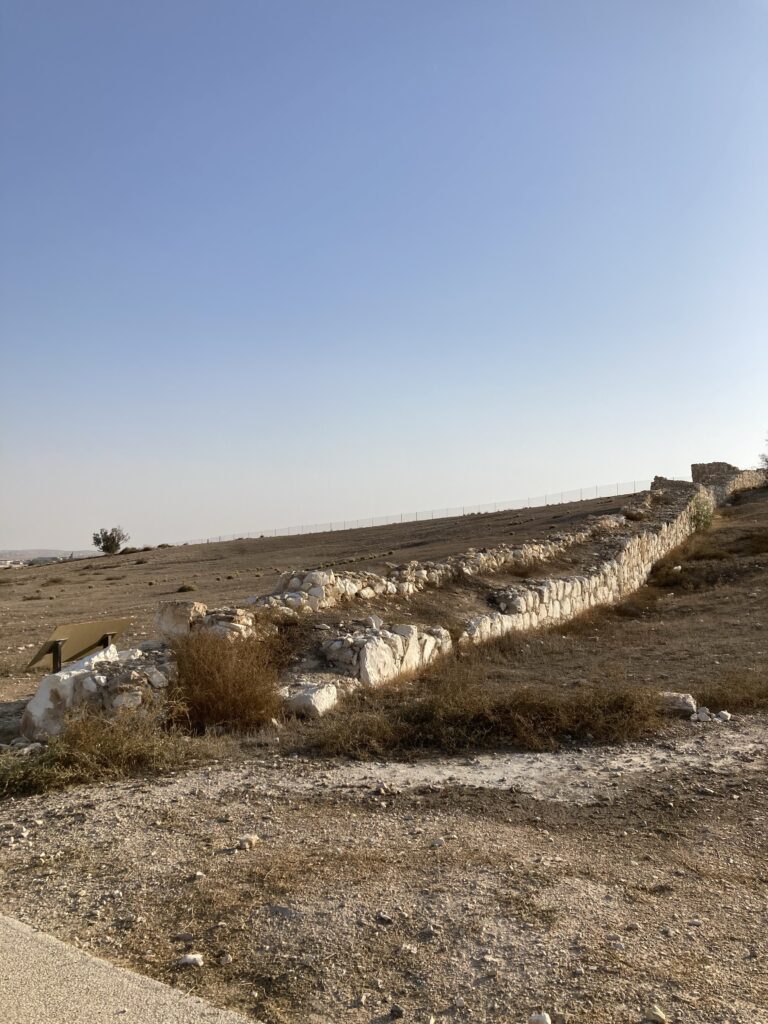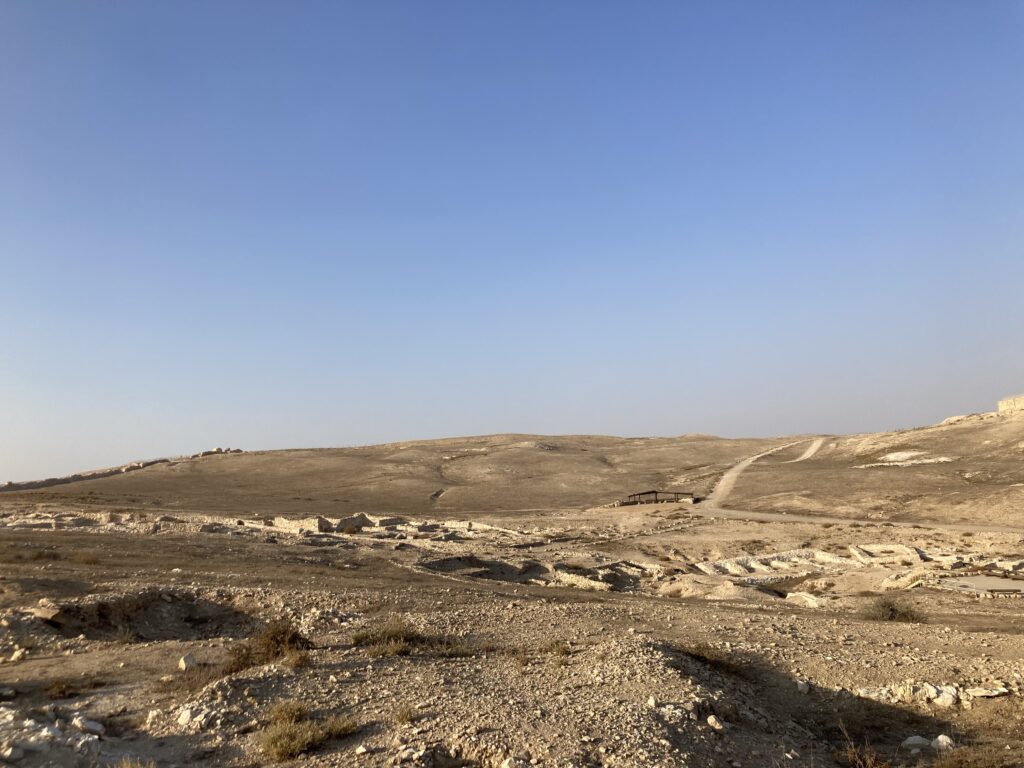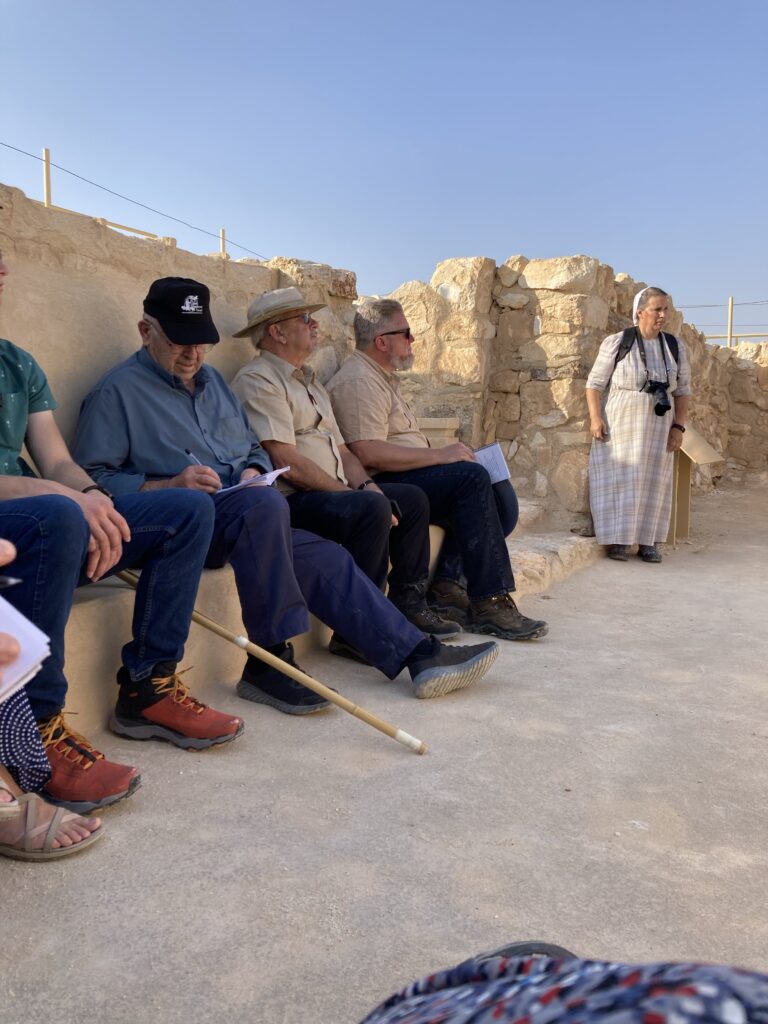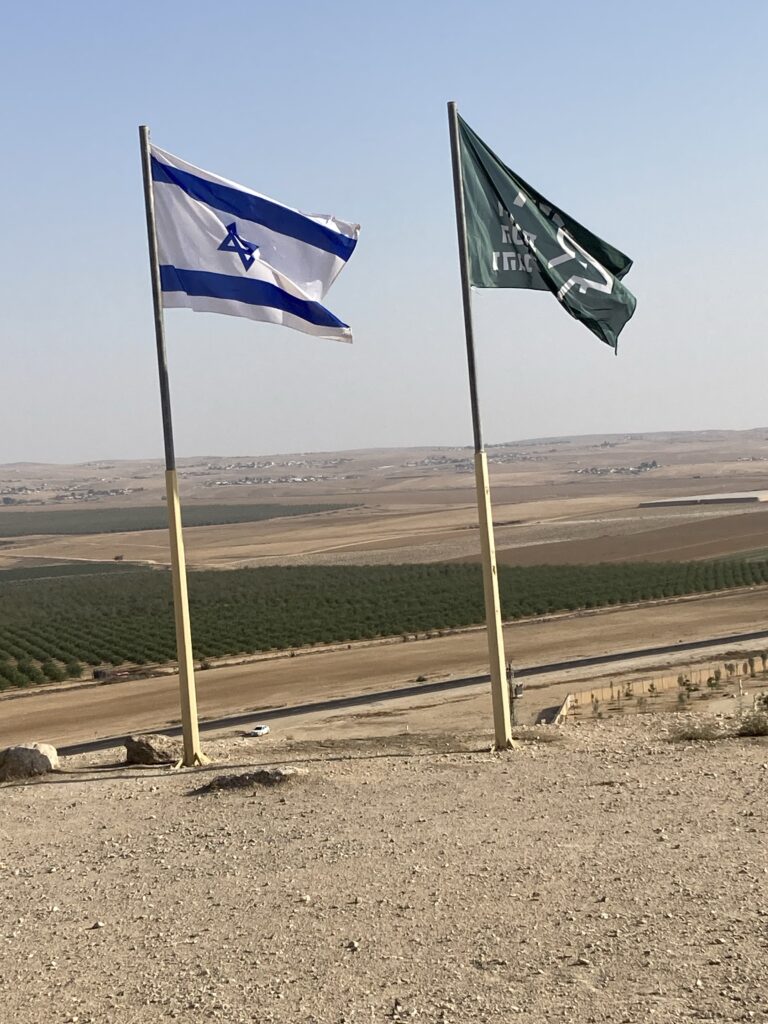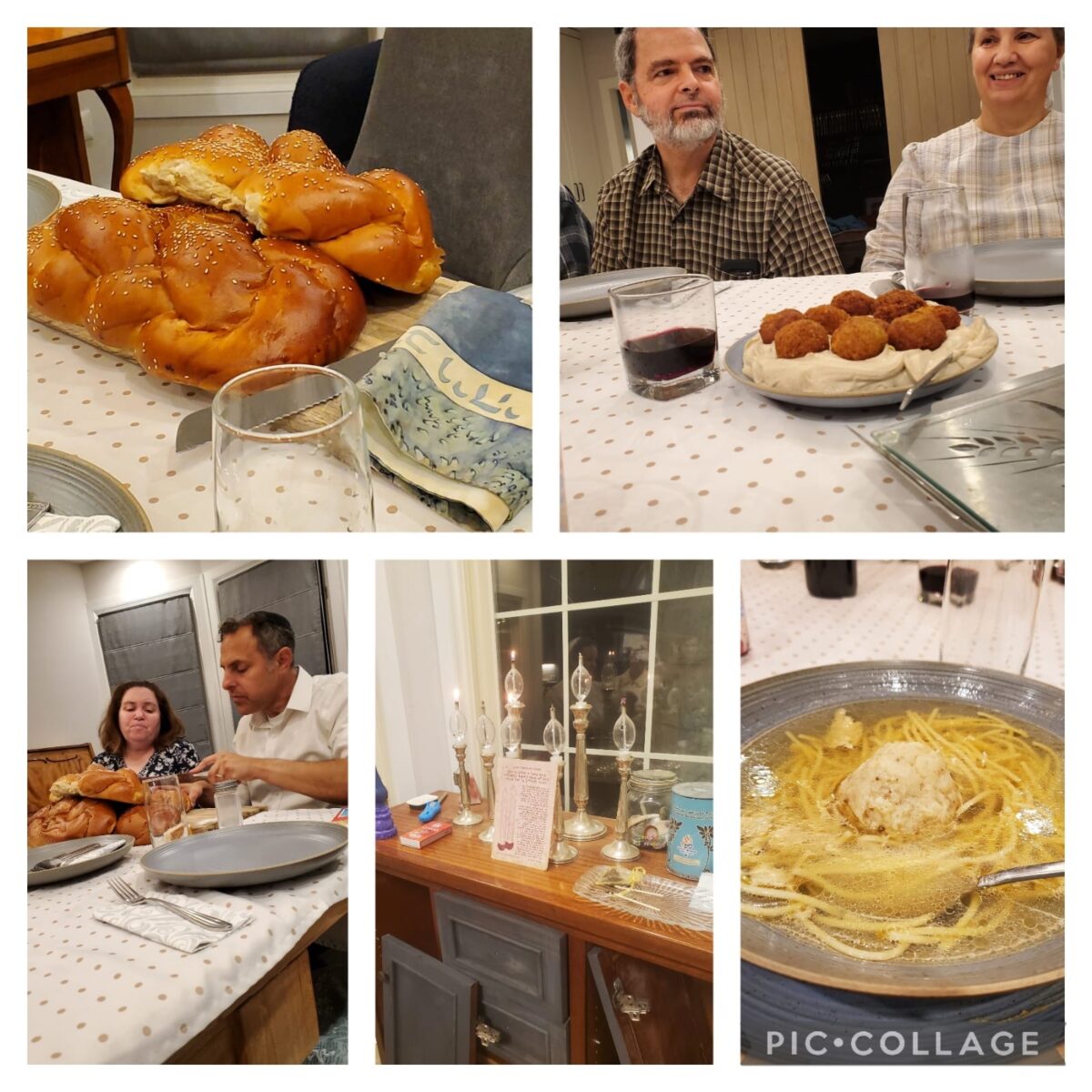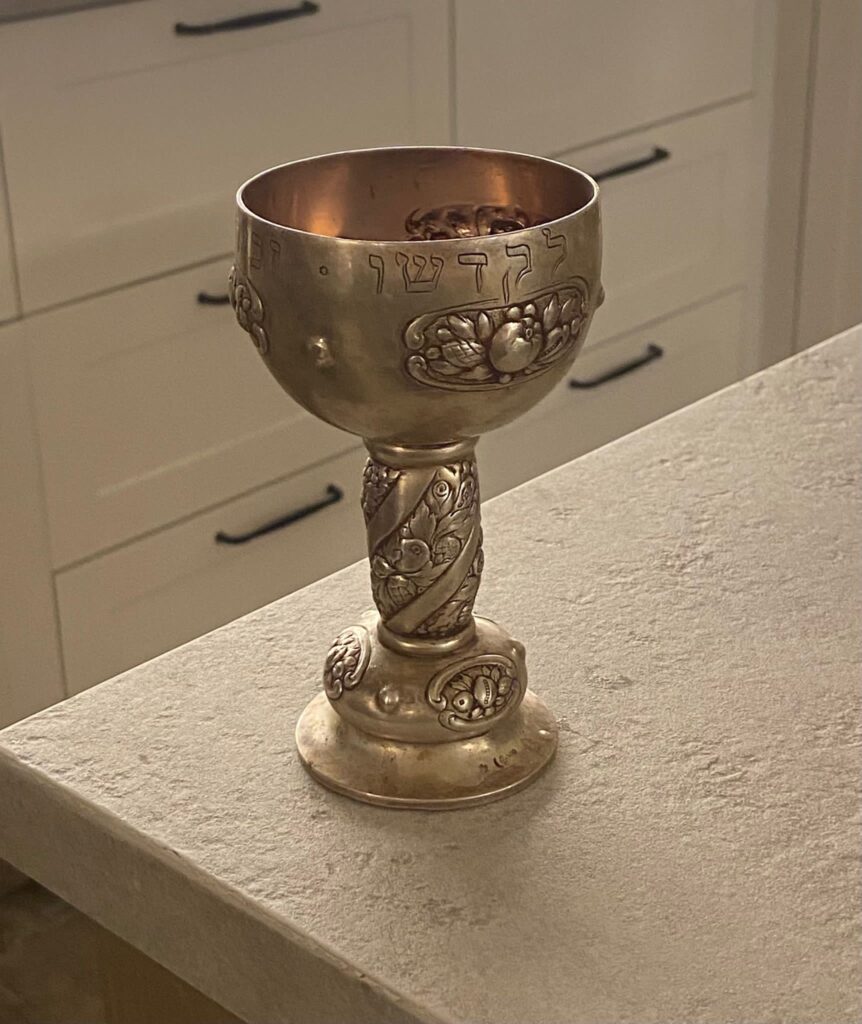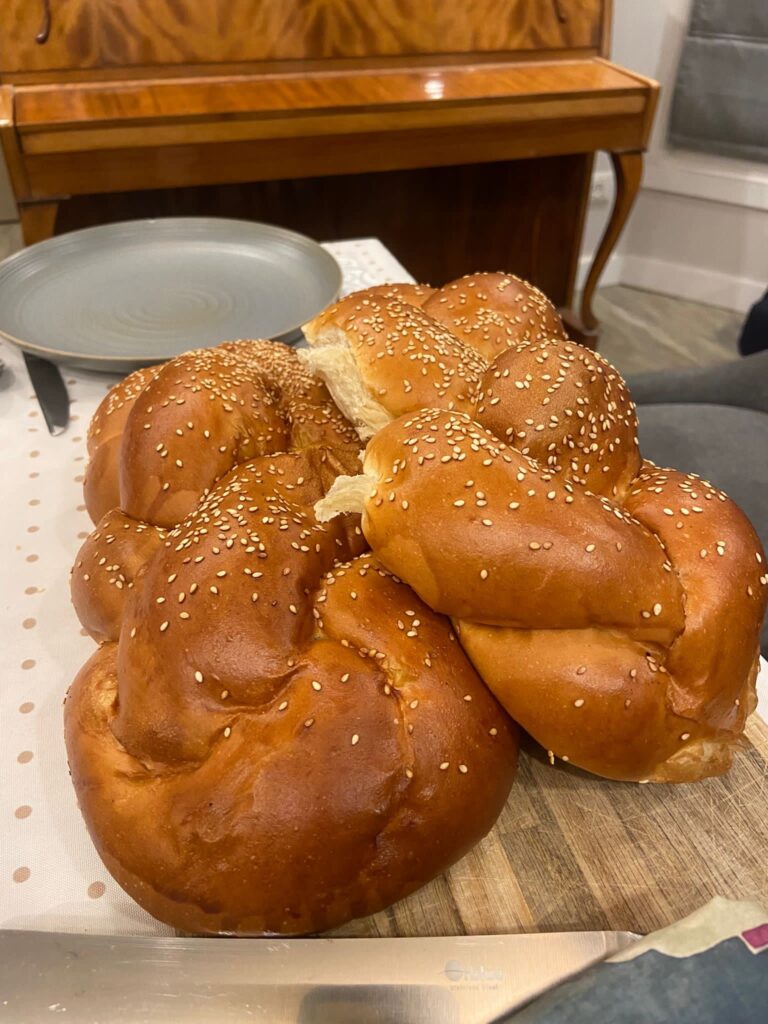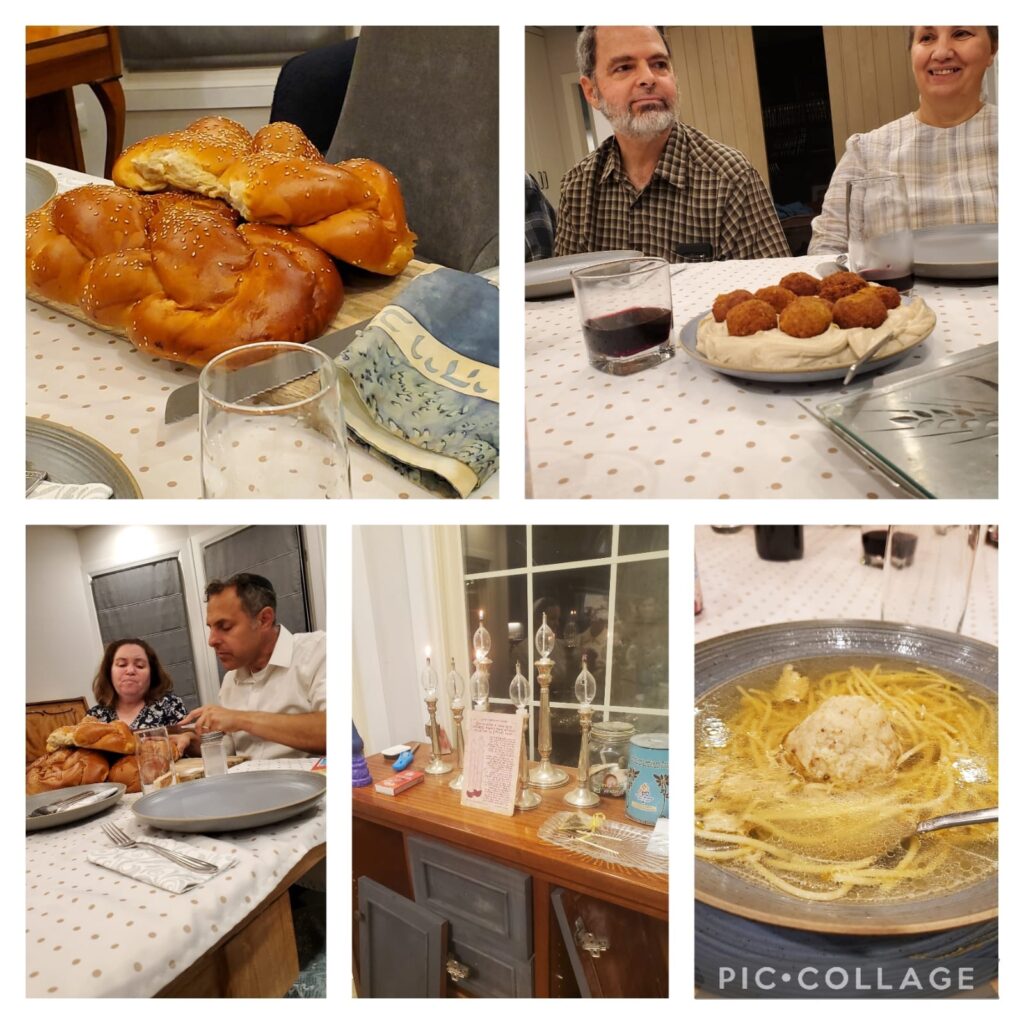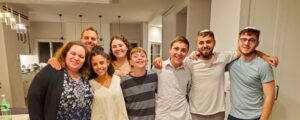We started our last day at the Garden Tomb, a possible location for Jesus suffering and death. The traditional site is the church of the Holy Sepulcher. The place that we visited was discovered in the 1800’s because of a rock face that looks like a skull. It is also in an intersection of three major roads, and outside of the city walls, making it a likely place for the crucifixion as it fulfills at least these three biblical details. About 70 years after the rock face they found a tomb nearby and a wine press lending even more credibility to this site.
Our guide pointed out the skull shaped rock face, look for the two caves in the photo, and reminded us that Jesus’ suffering, though glorious for our salvation, was not beautiful or attractive from an earthly perspective.
After a short walk into the garden we visited the tomb and saw for ourselves that IT IS EMPTY! He is Not Here for He is RISEN! (Matt. 26:8, Mark 16:6, Luke 24:6, John 20:3-8)
We had a time of sharing in a quiet spot in the Garden, we remembered the Hope we have because our Jesus lives, and we enjoyed singing together. Andrew pointed out that as the Jewish blessing on bread was being said, Jesus the bread of life was being placed in the tomb, and when Jesus rose as the first fruits of the resurrection, the Jewish feast of first fruits was beginning. God cares about even the smallest details.
After the Garden Tomb we walked into the Old City for lunch and a bit more exploring and shopping. After buying souvenirs and saying goodbye to the Old City we piled in the bus and headed for Jaffa
It was dark when we reached Jaffa, we walked the streets to see the church of St. Peter, and the house of Simon the Tanner where Peter was when he received his vision about reaching the gentiles. After going to the harbor for one last view of the Mediterranean Sea, we drove to the Tel Aviv Airport. Our flight left at midnight for New York.
It was a wonderful trip! Each person and place added something special and we were blessed to be a part. Please consider a Holy Land tour if you get the chance.
